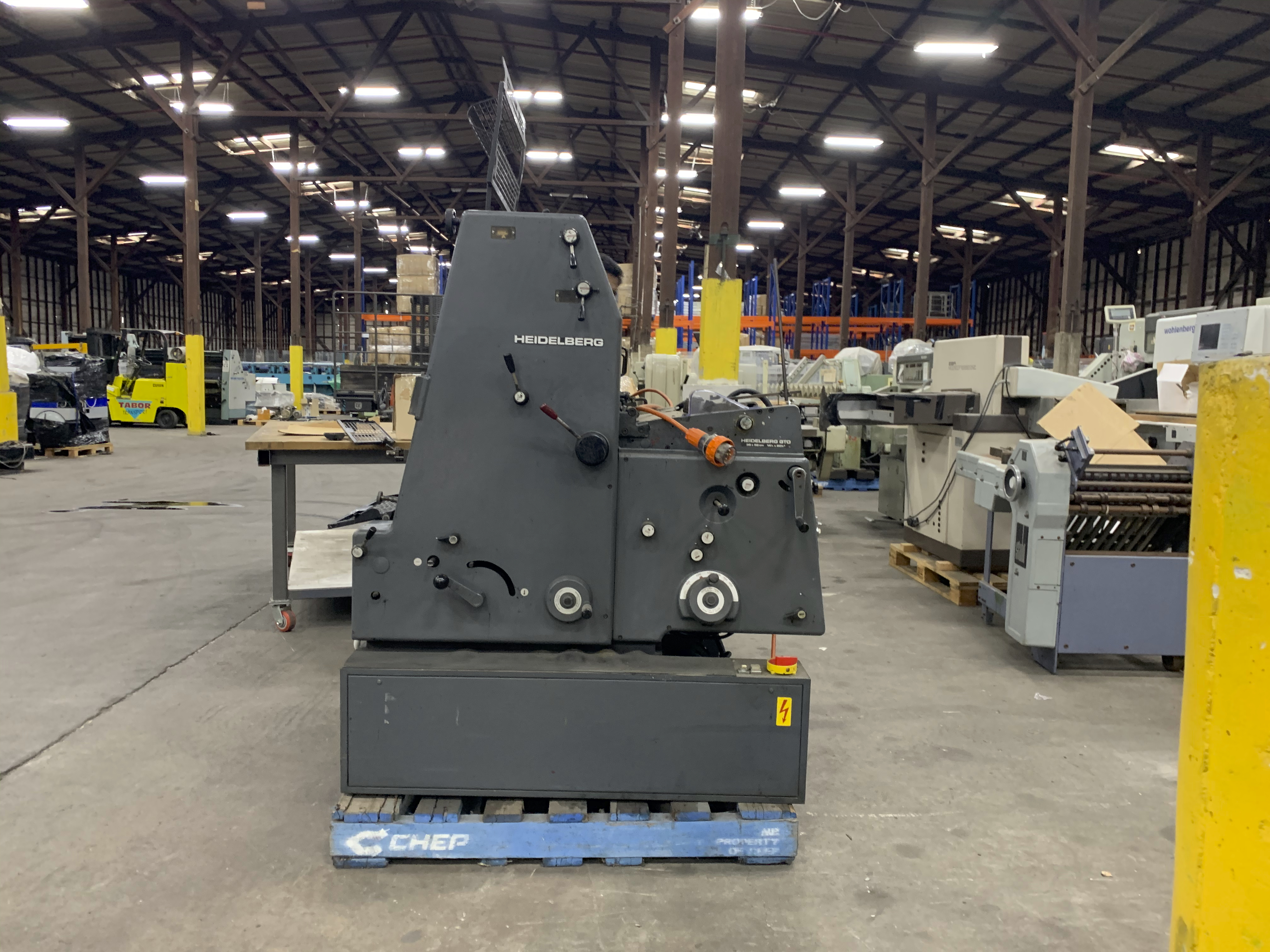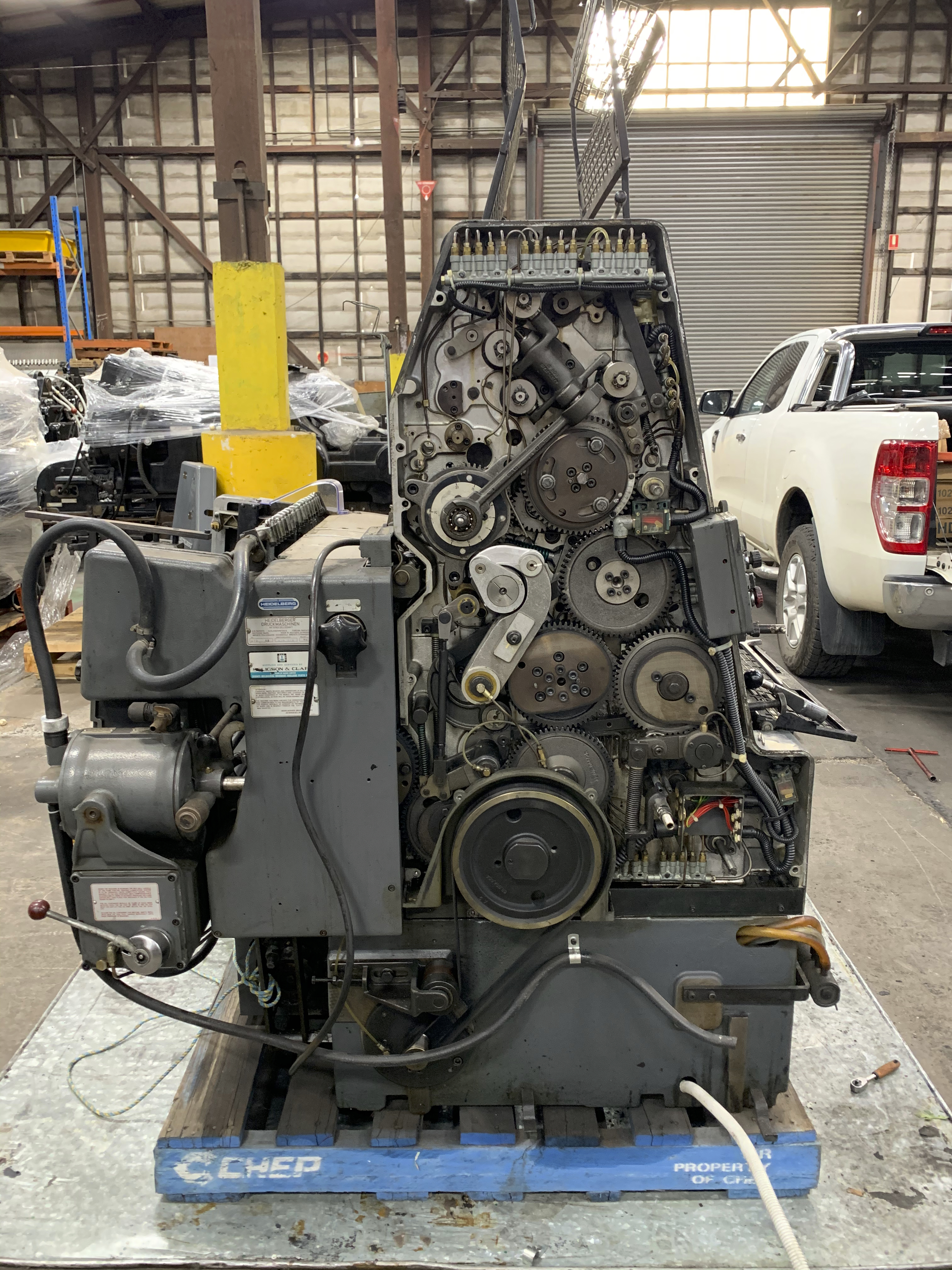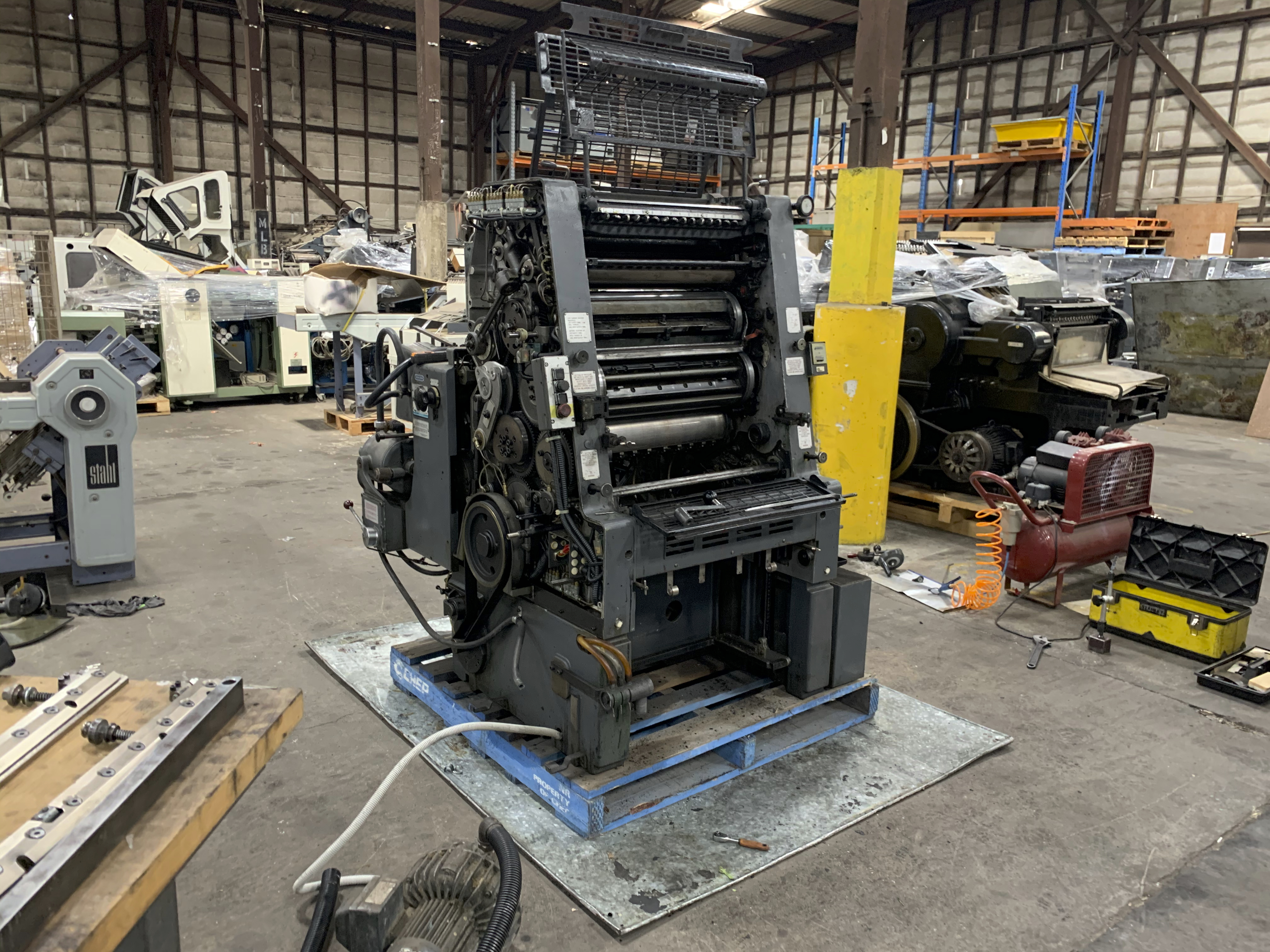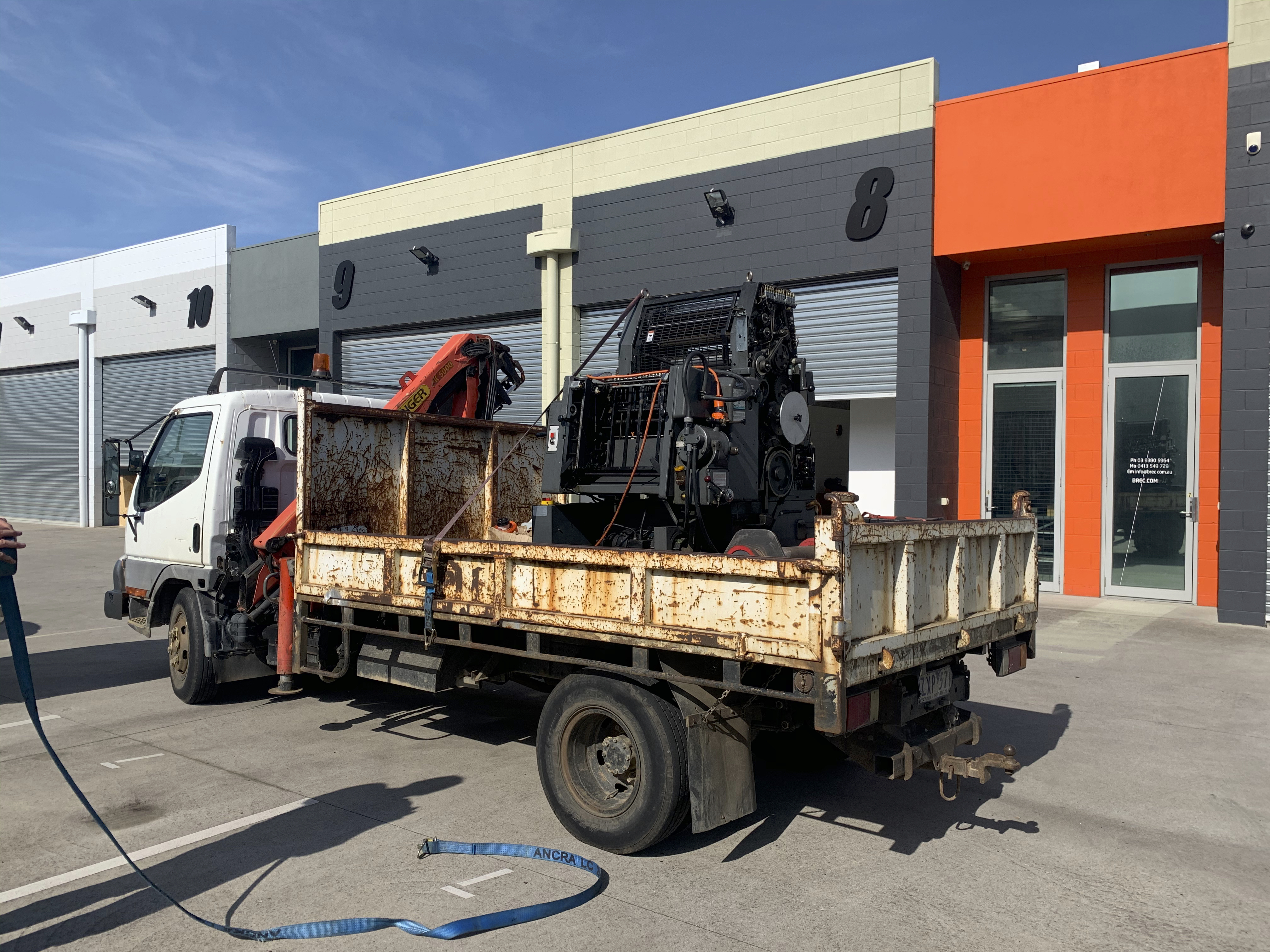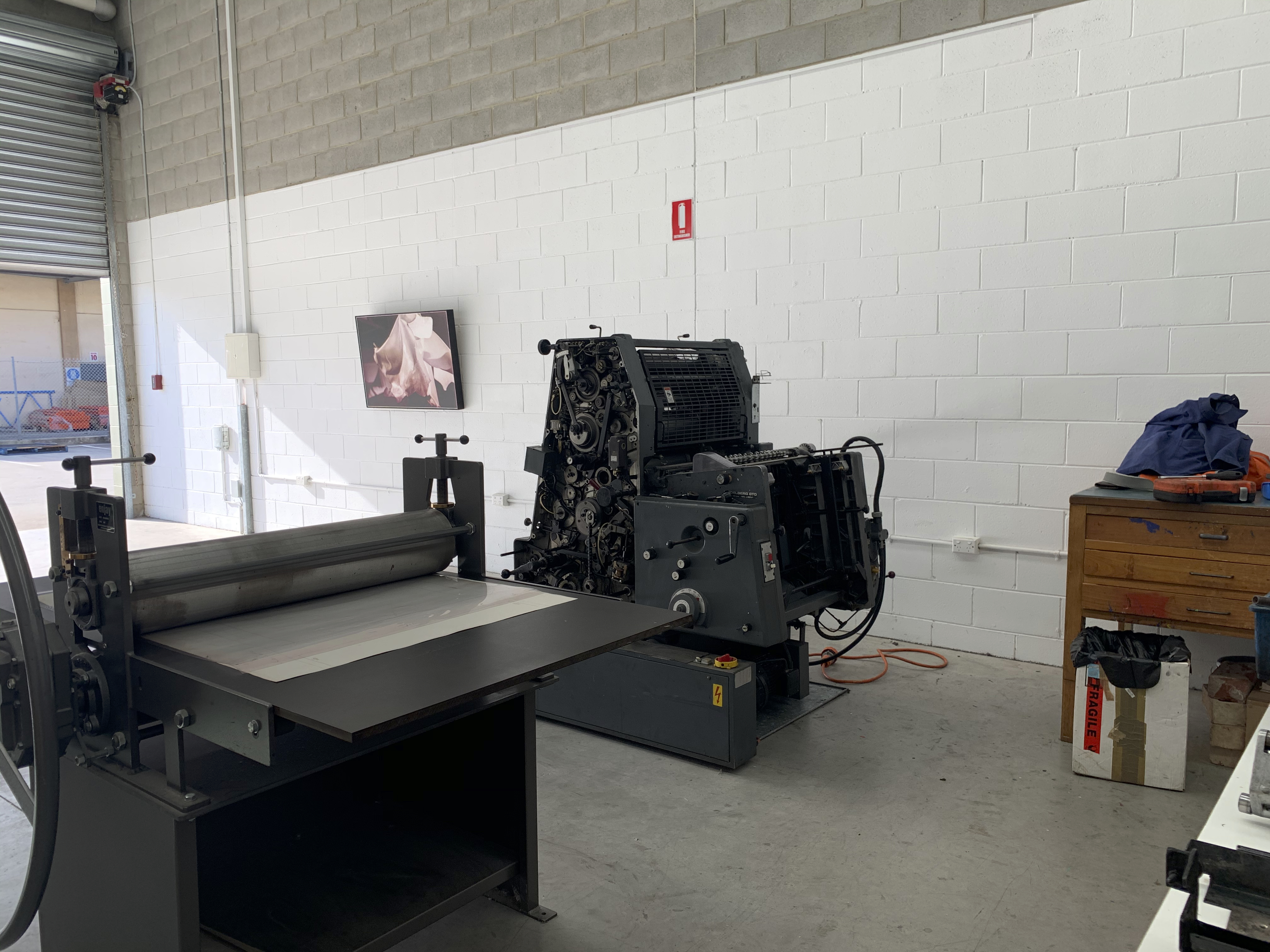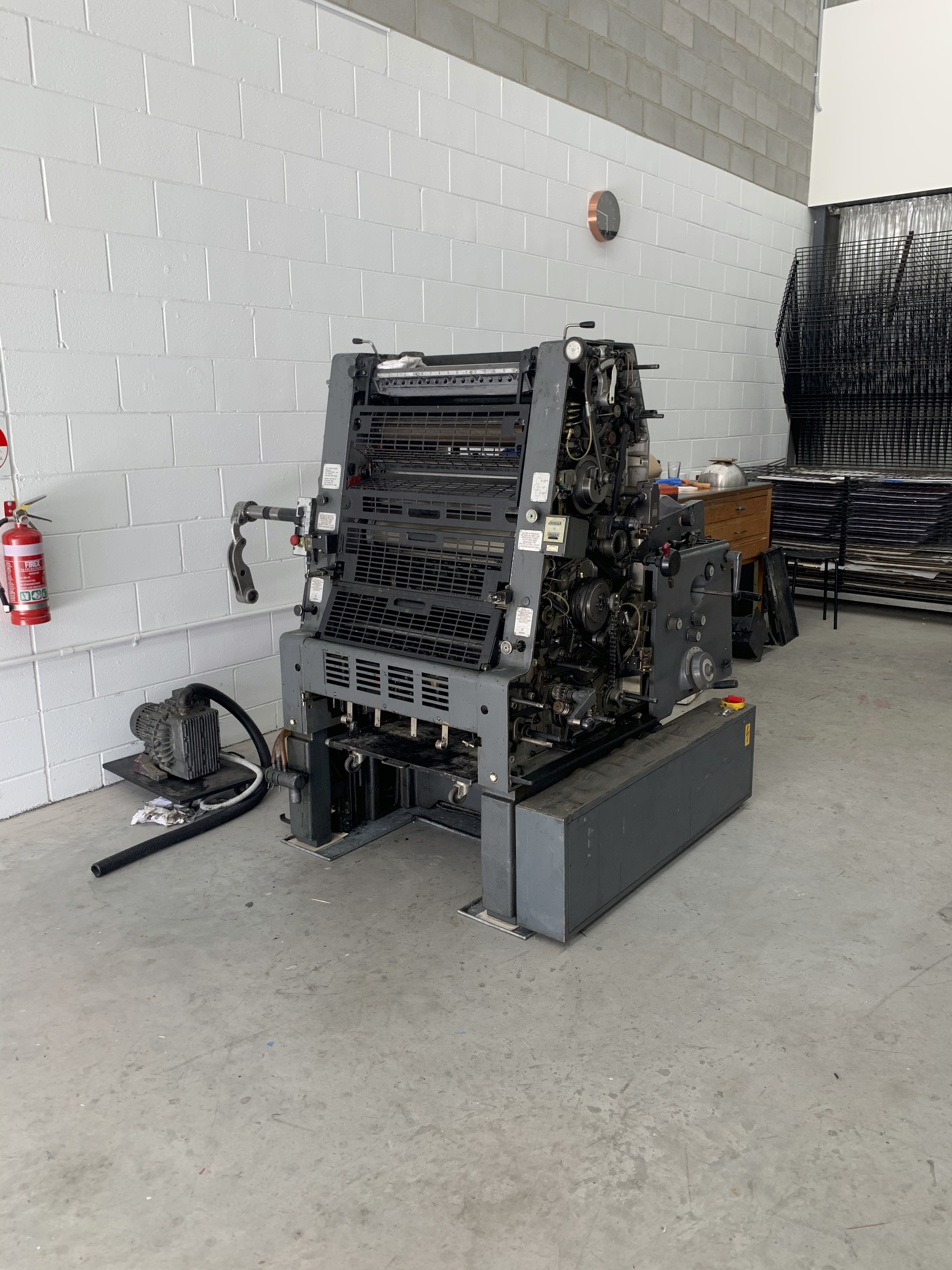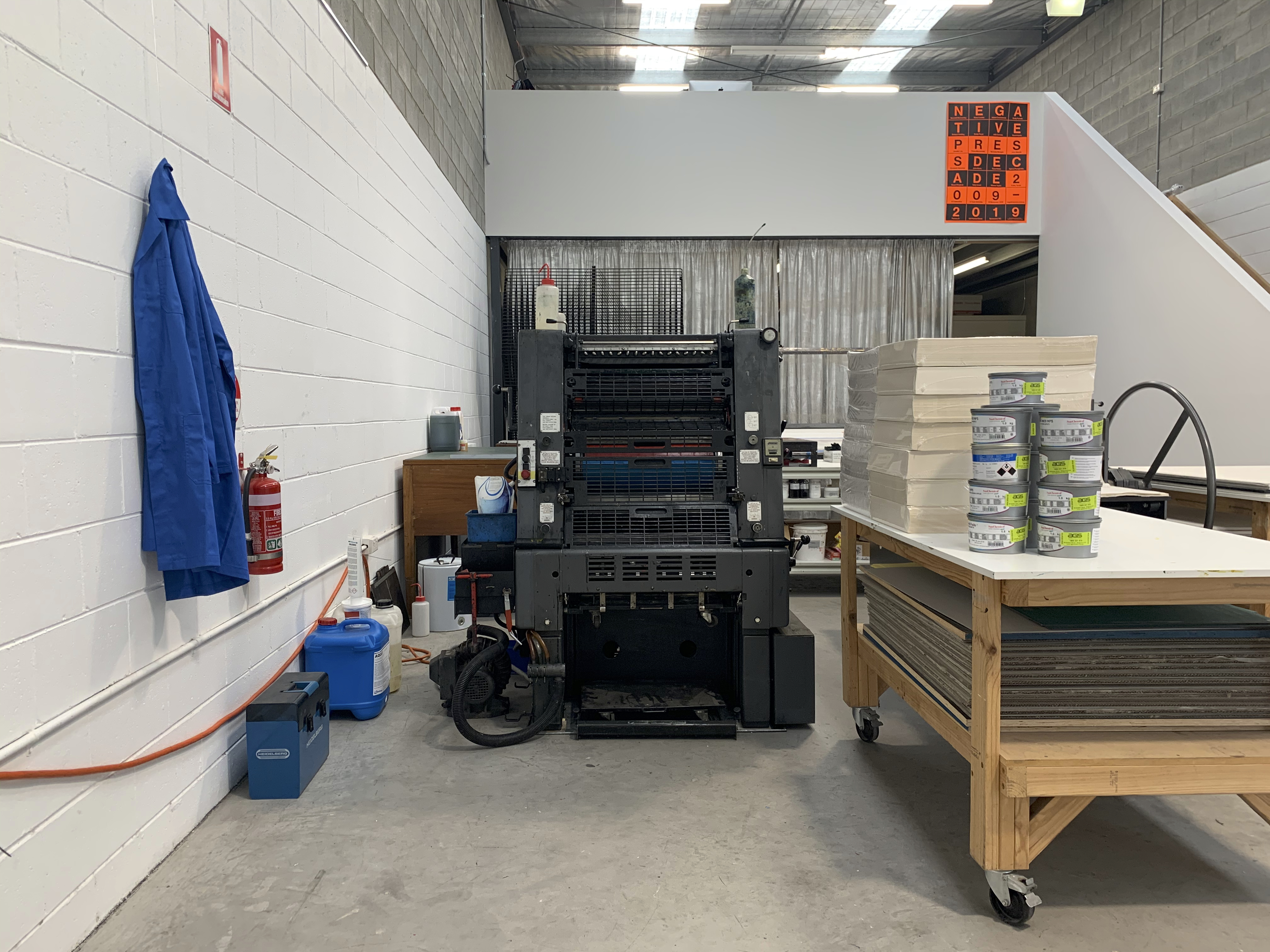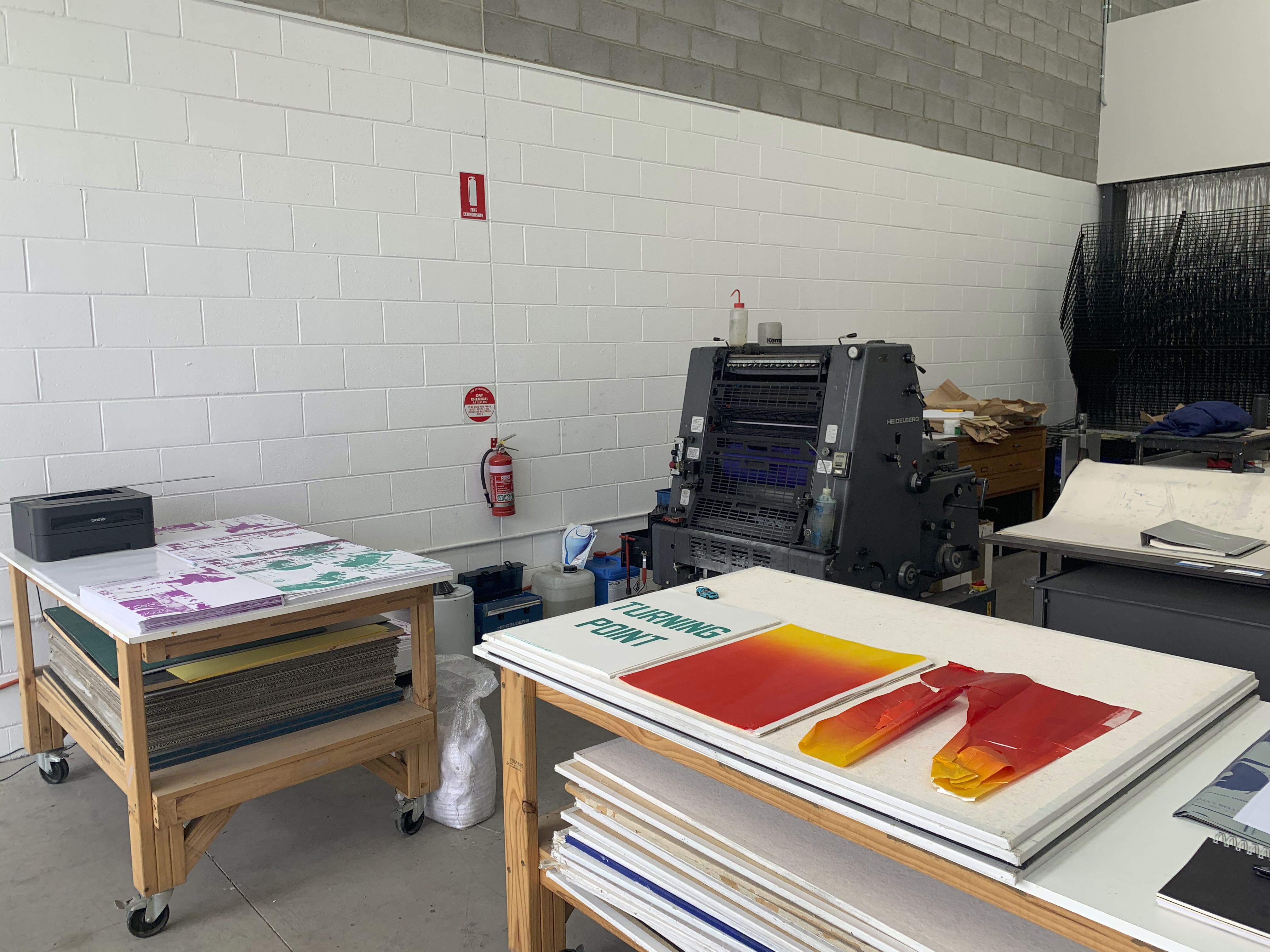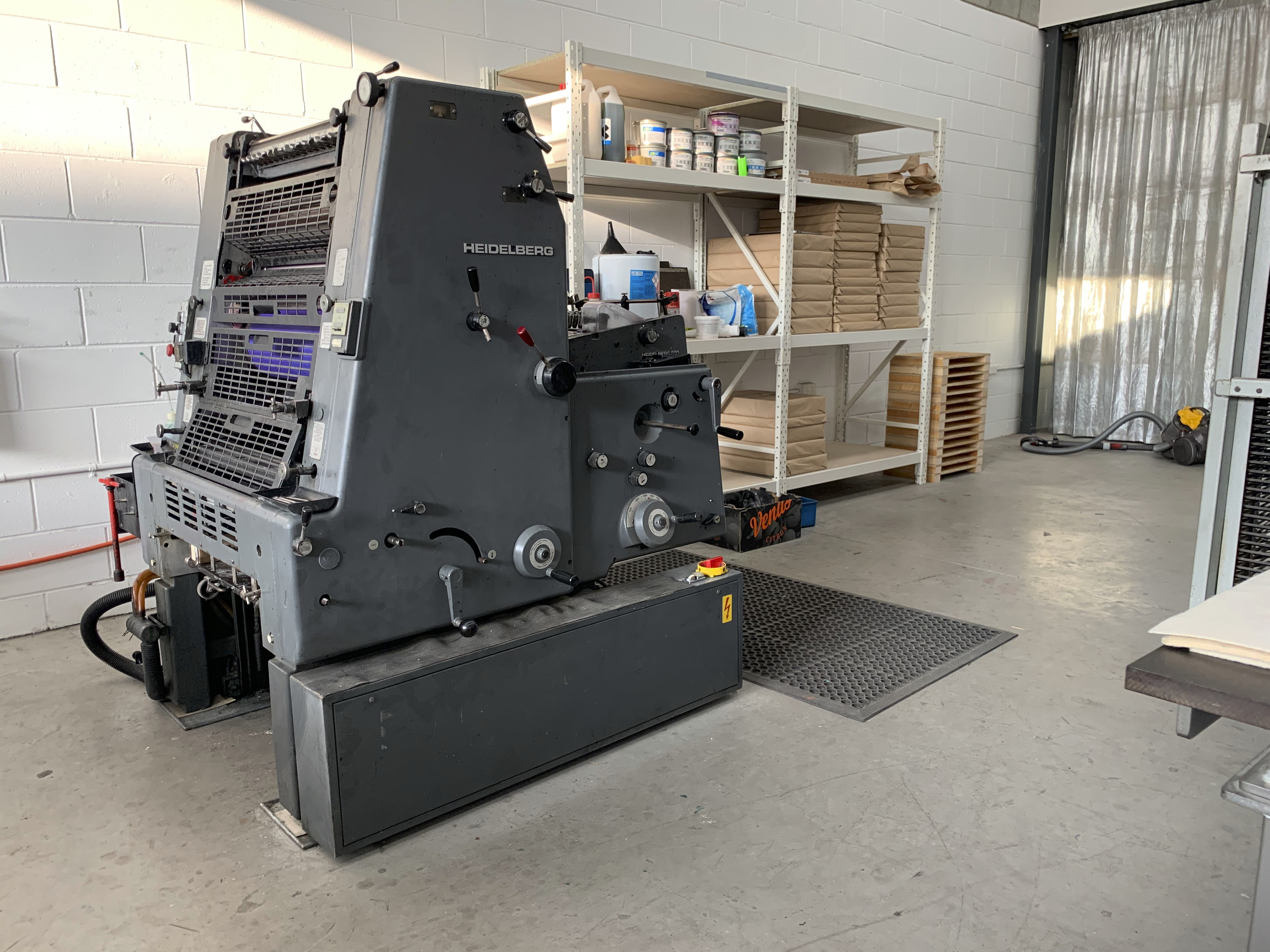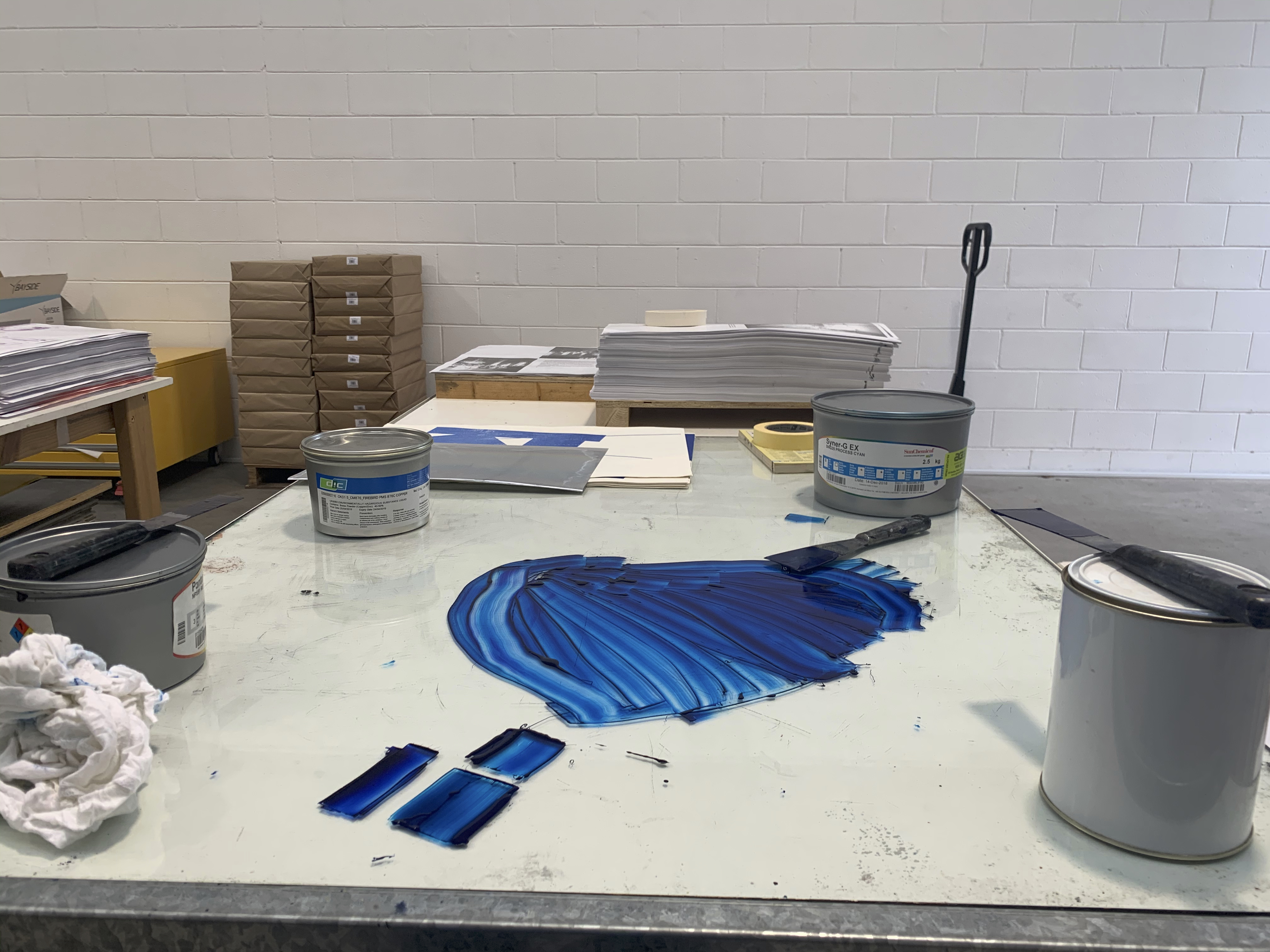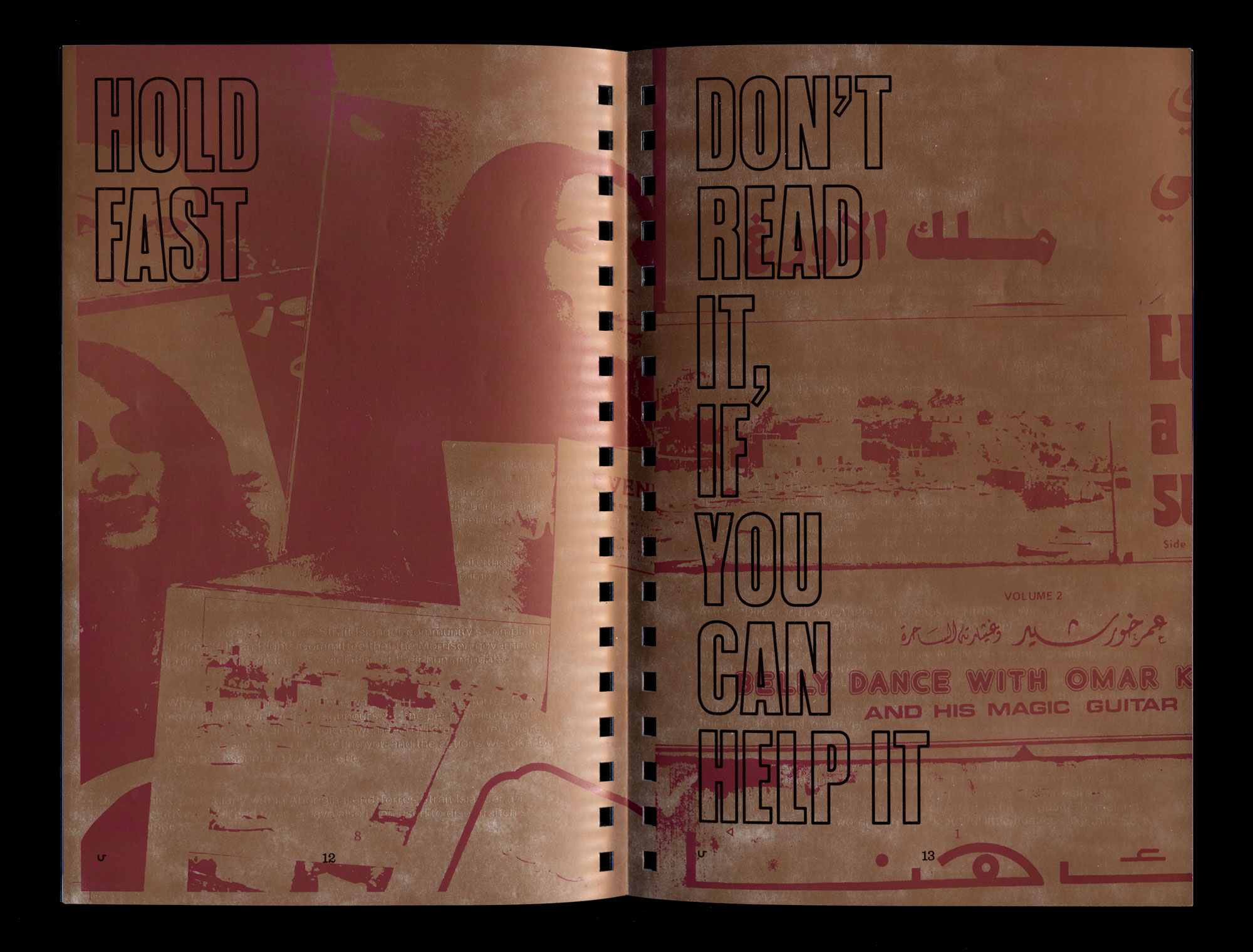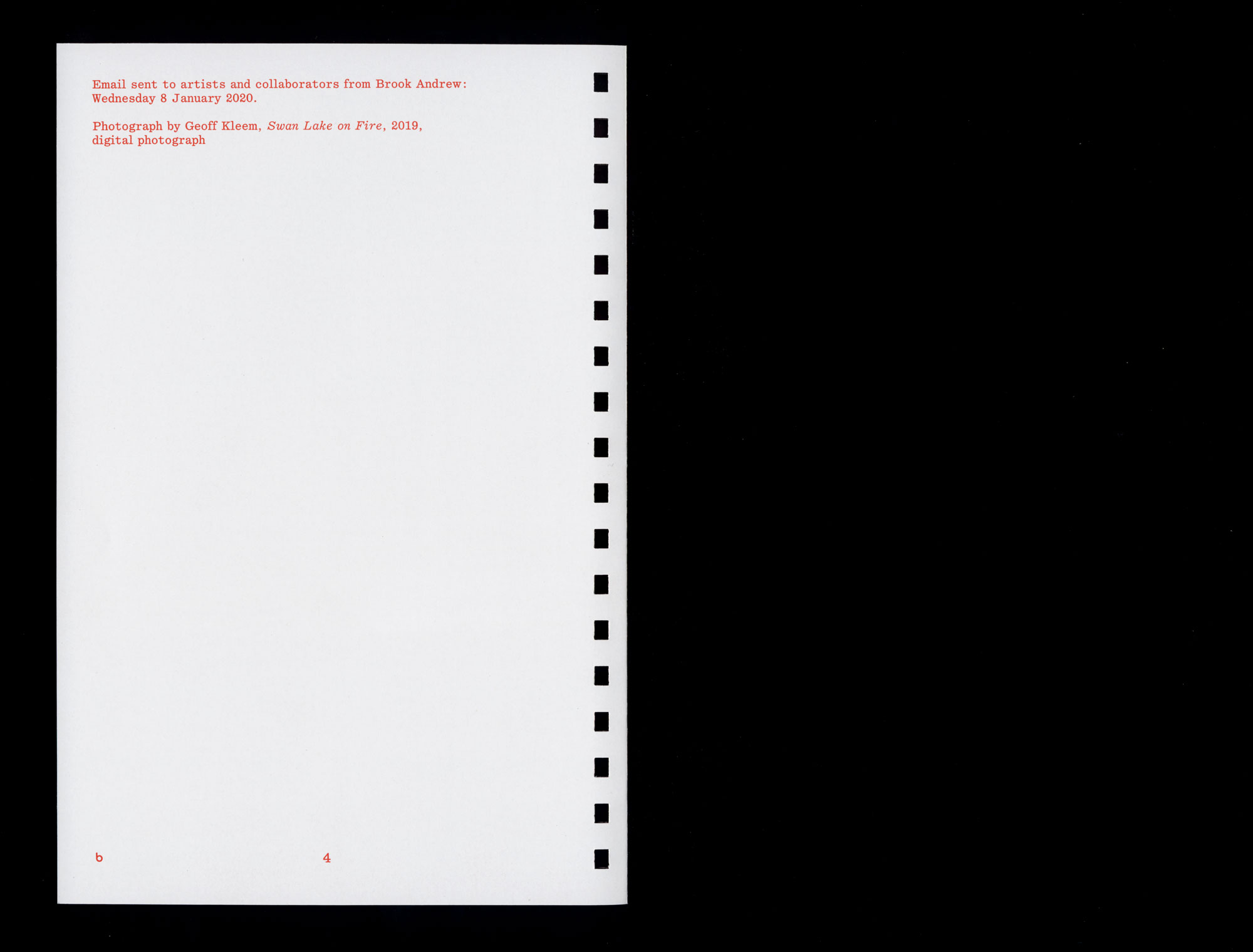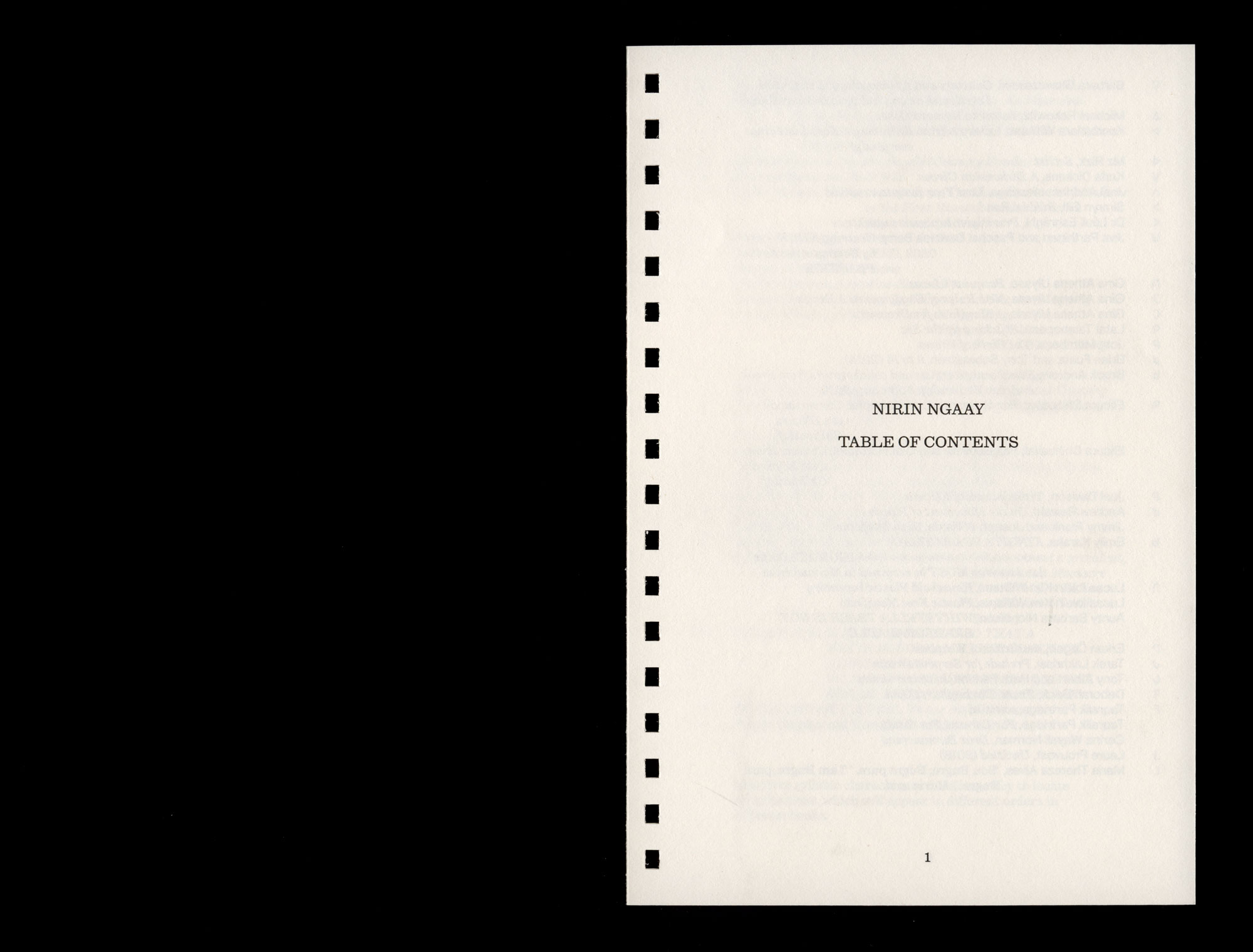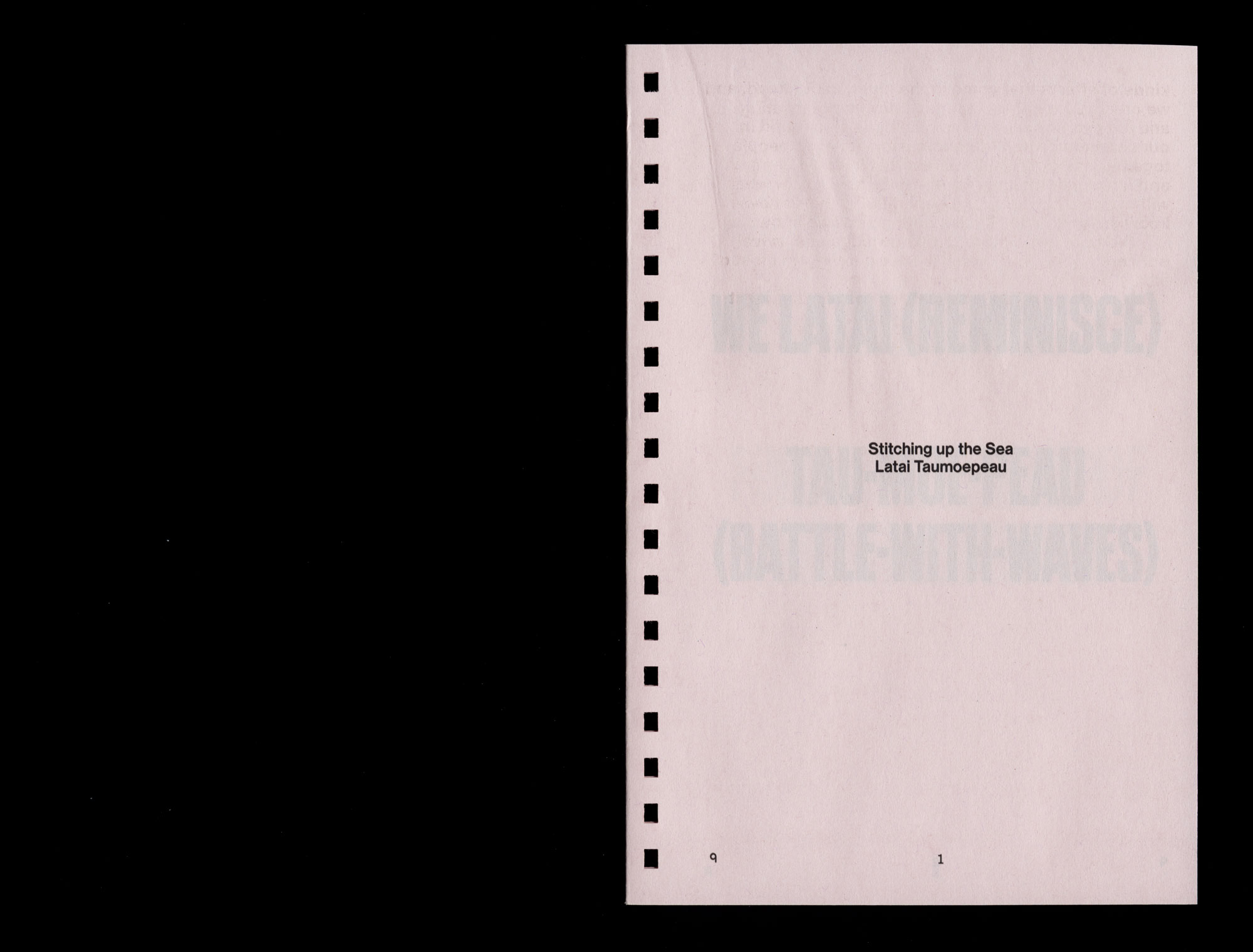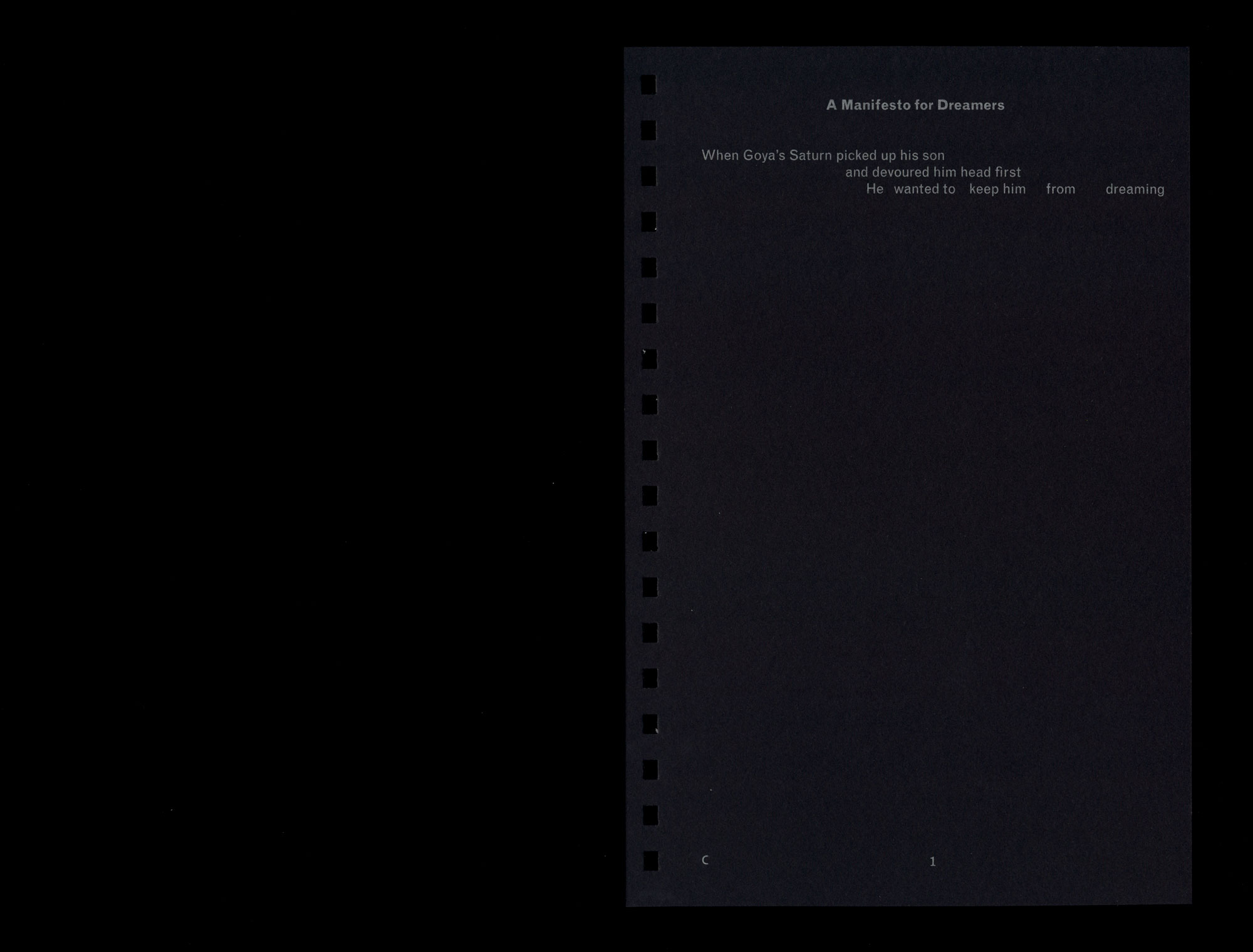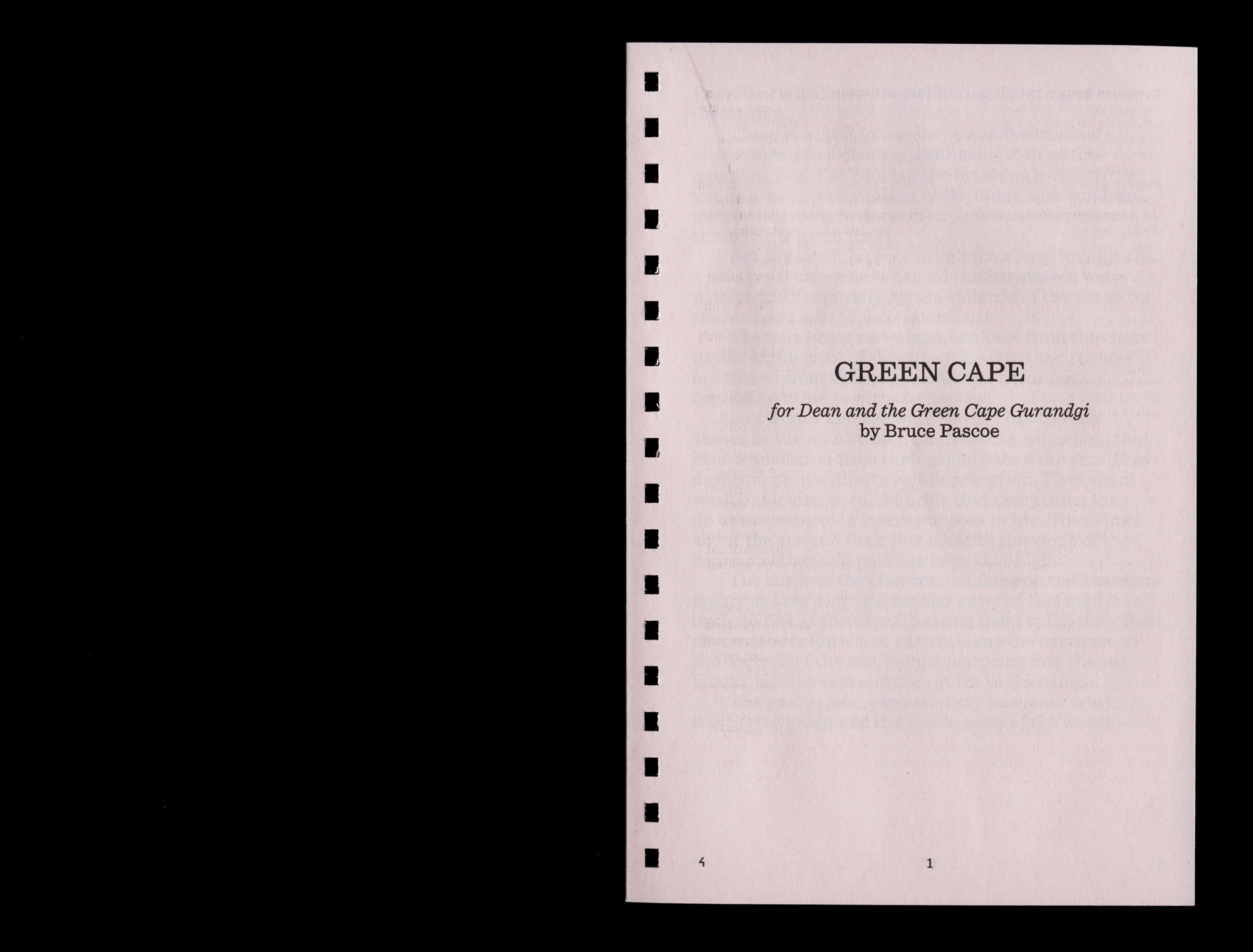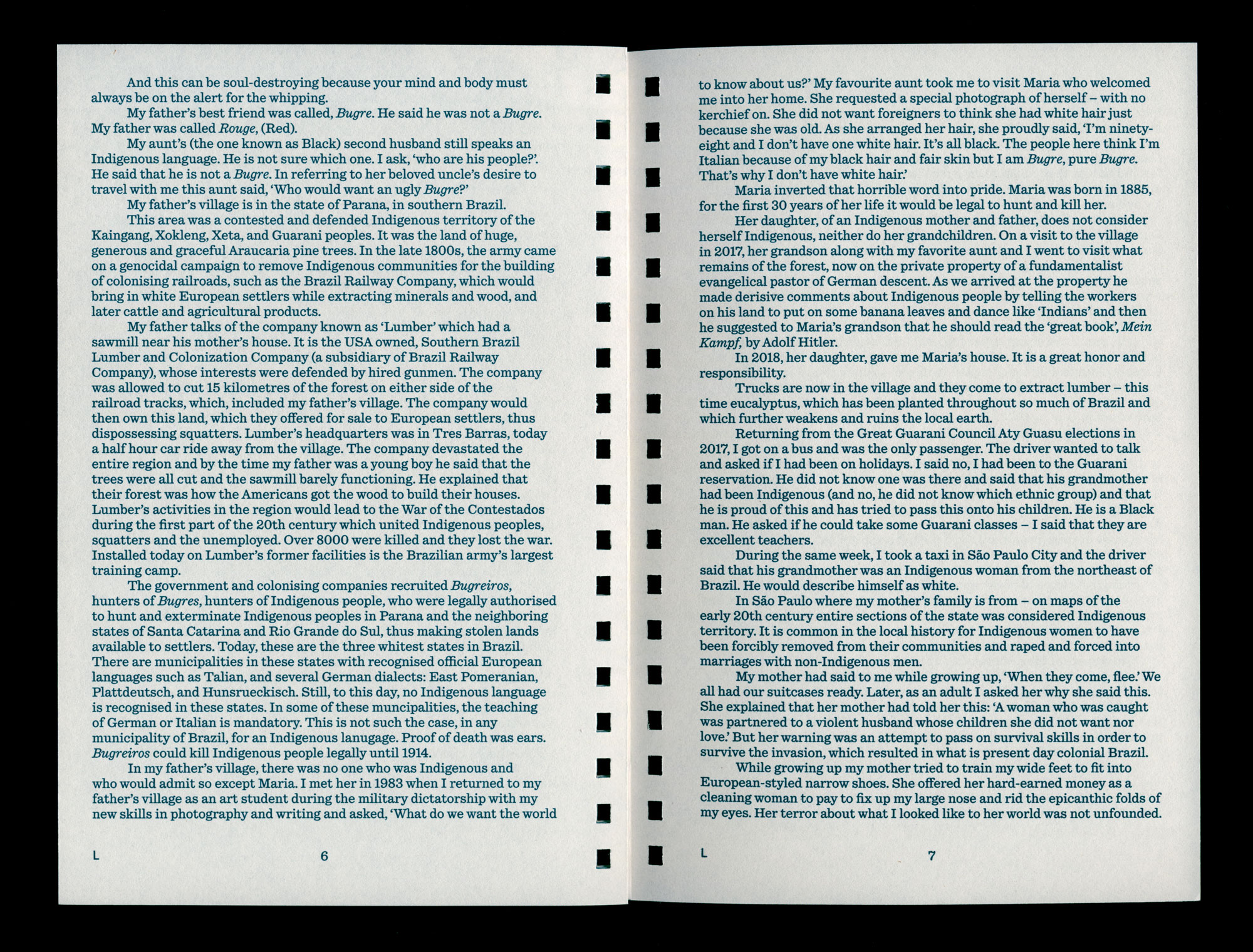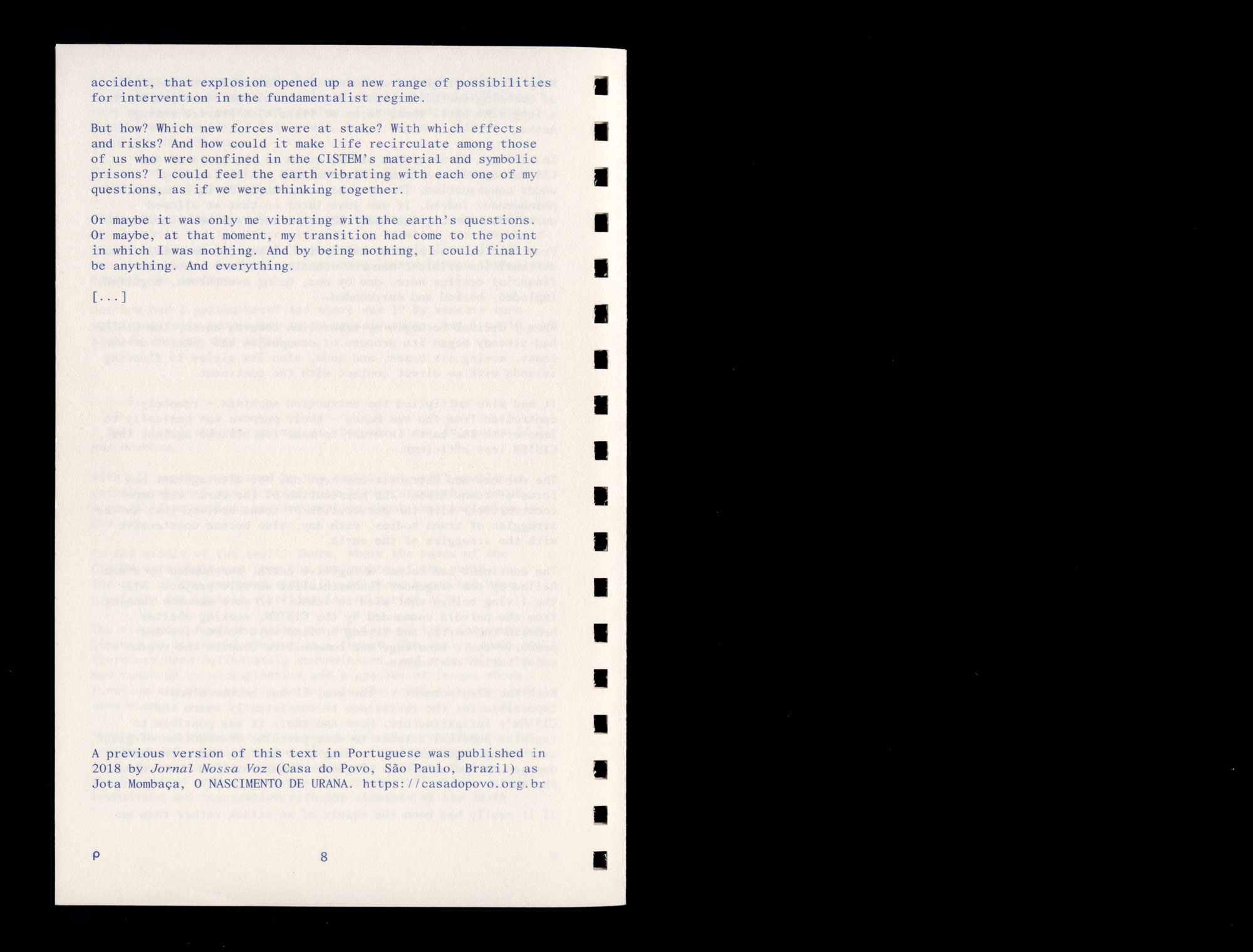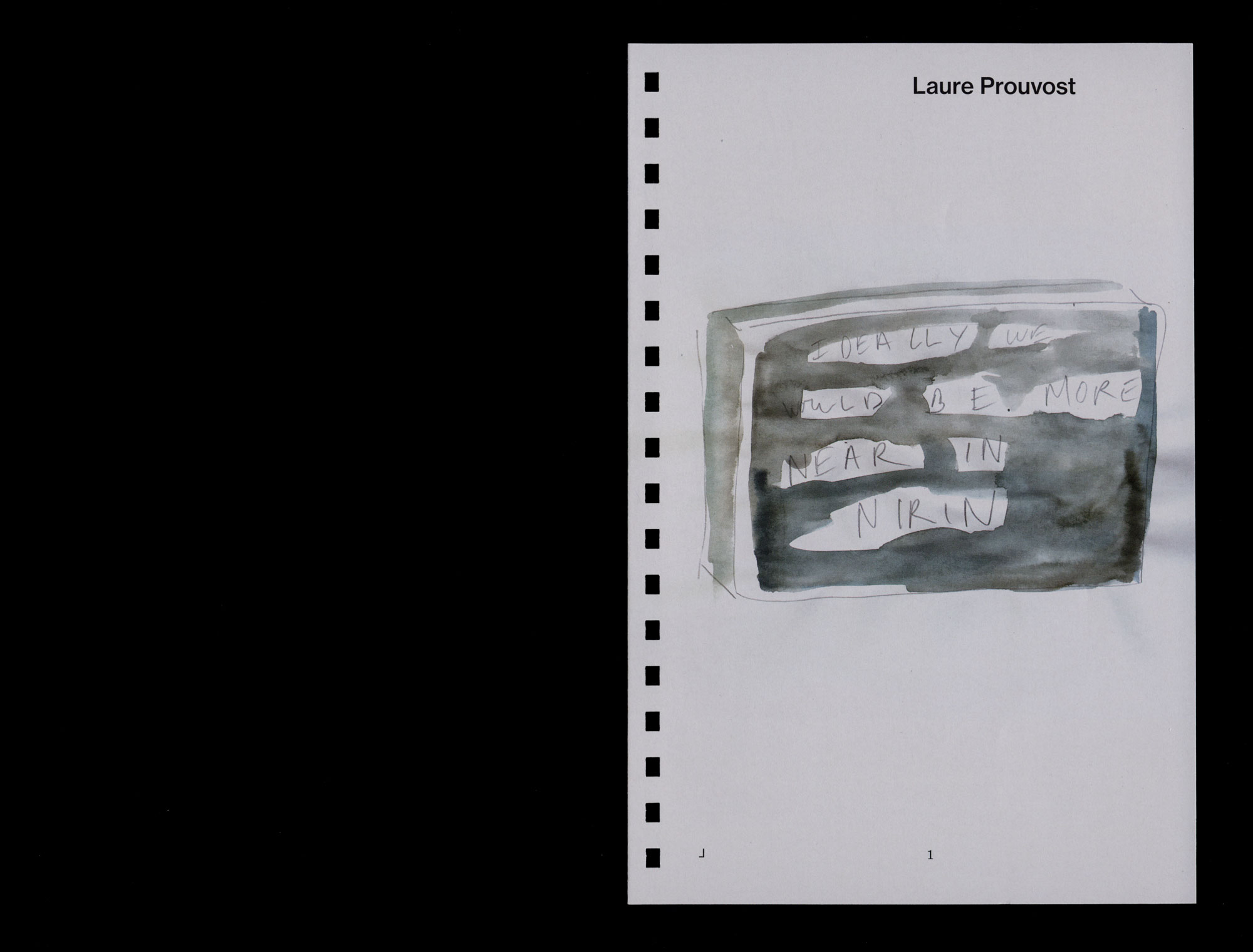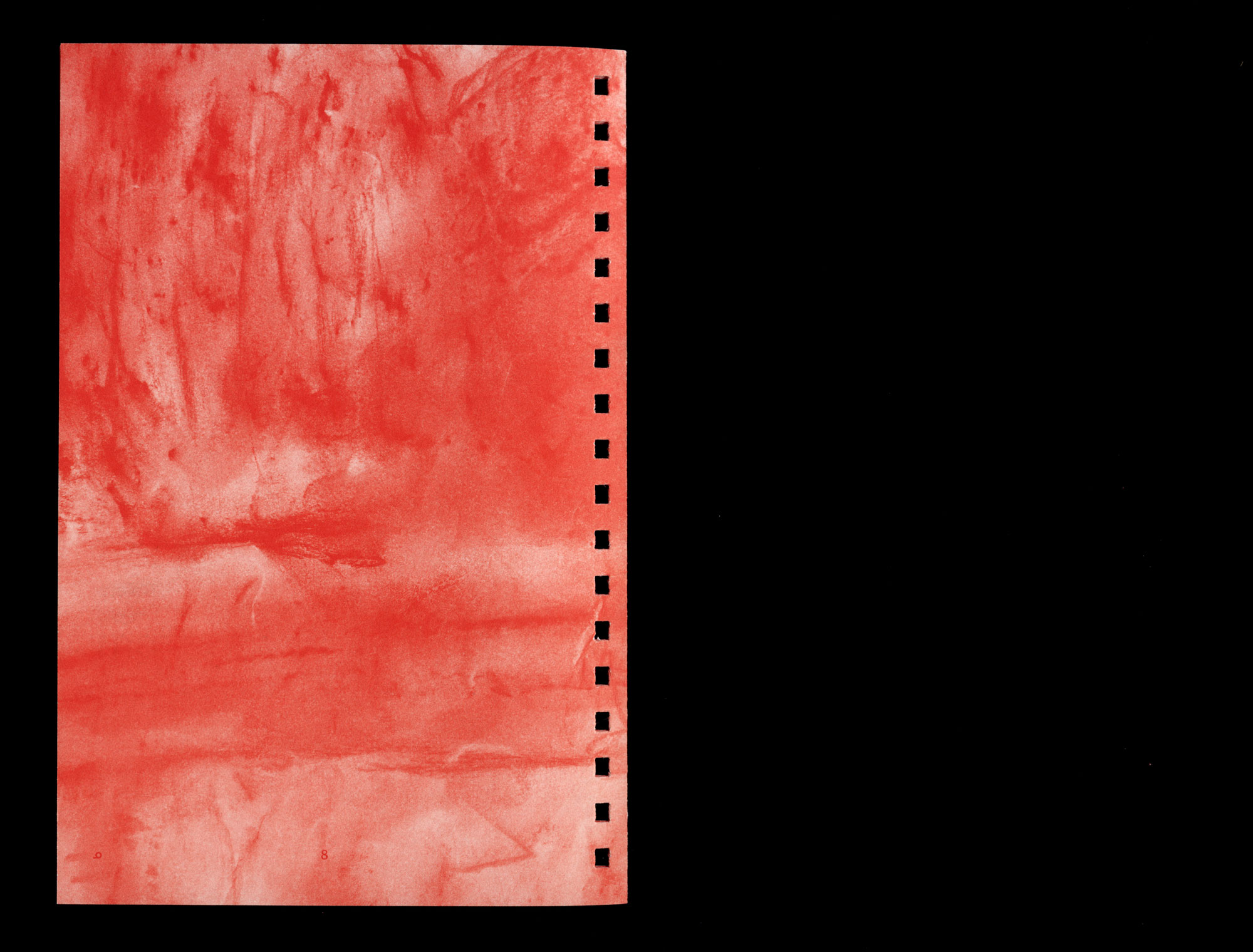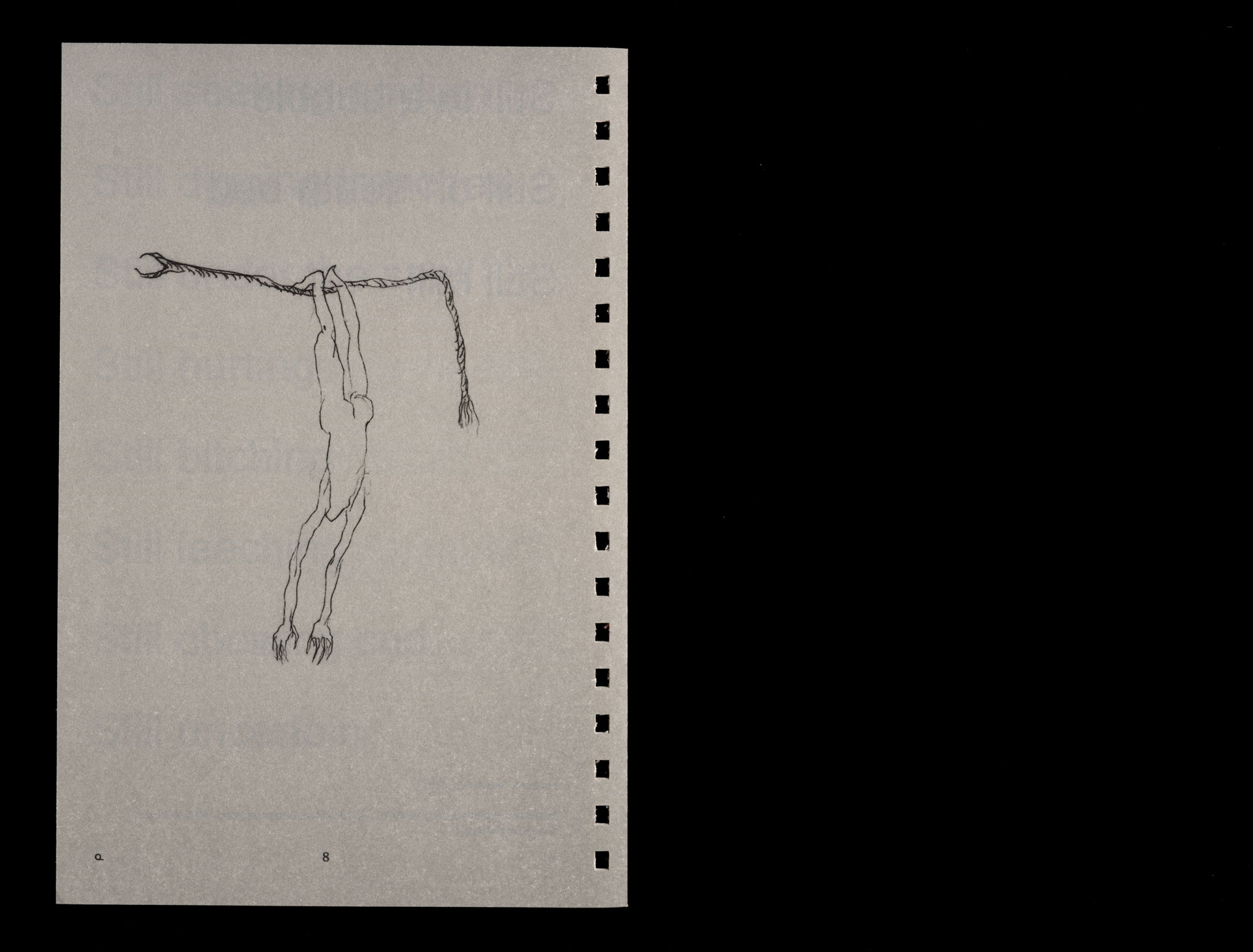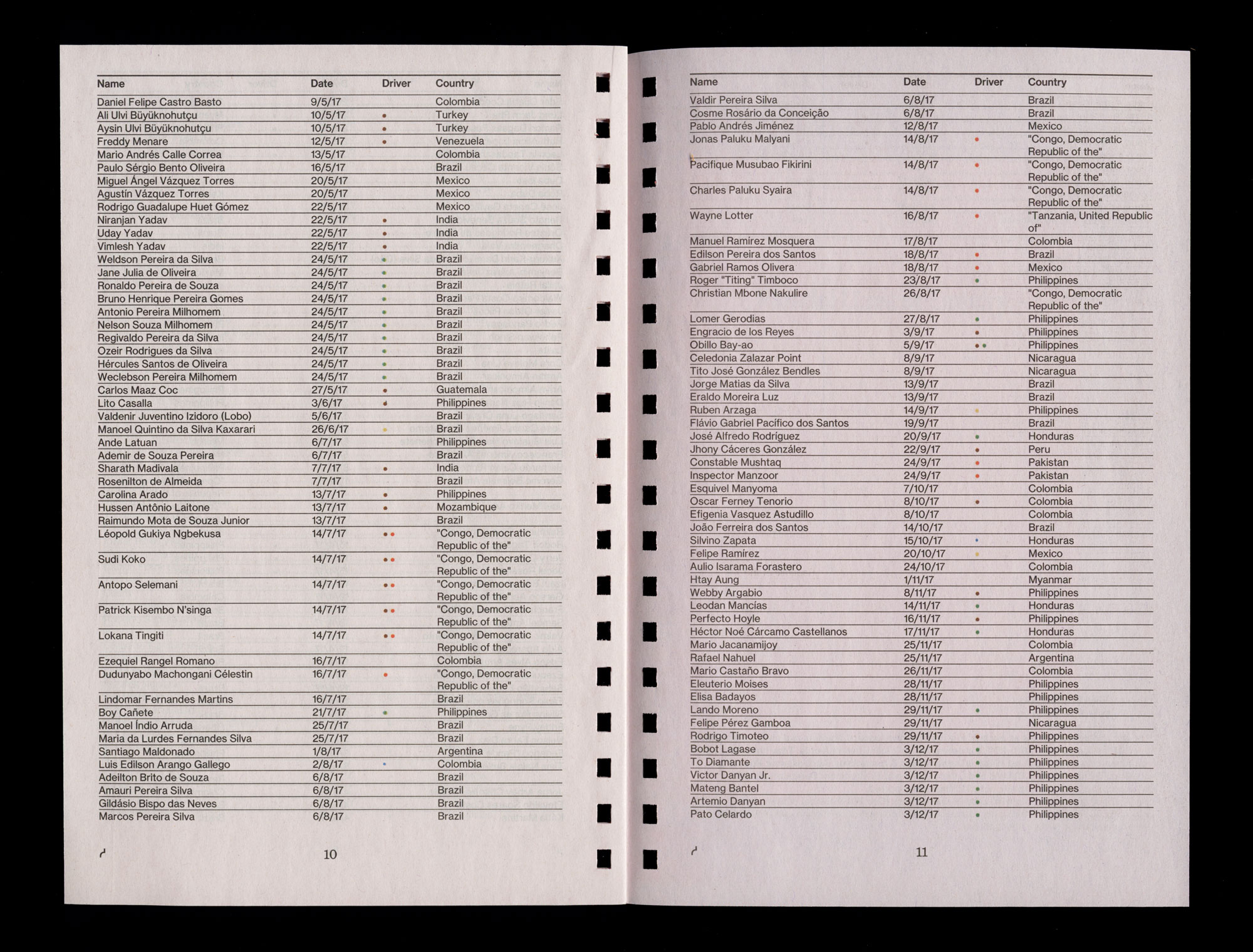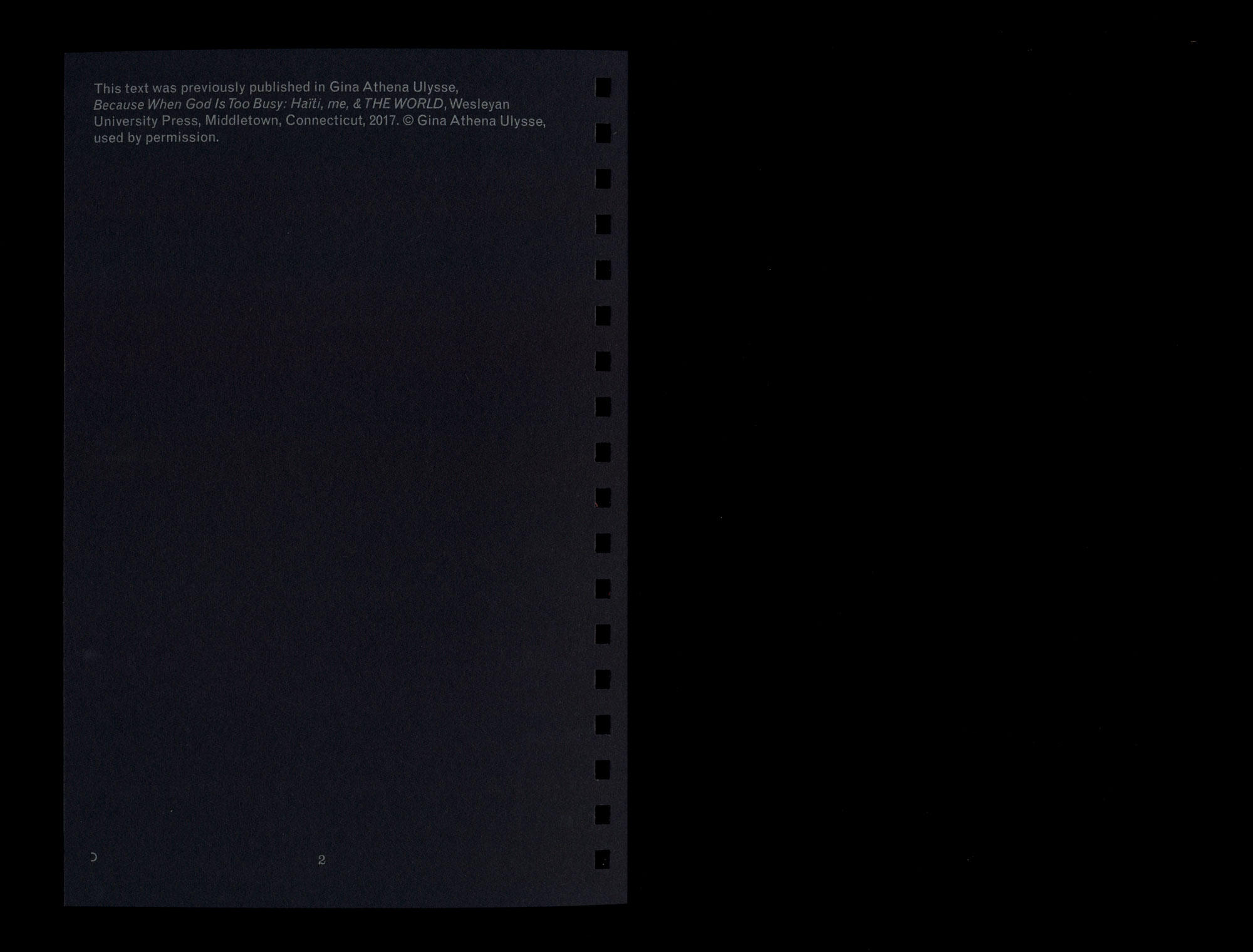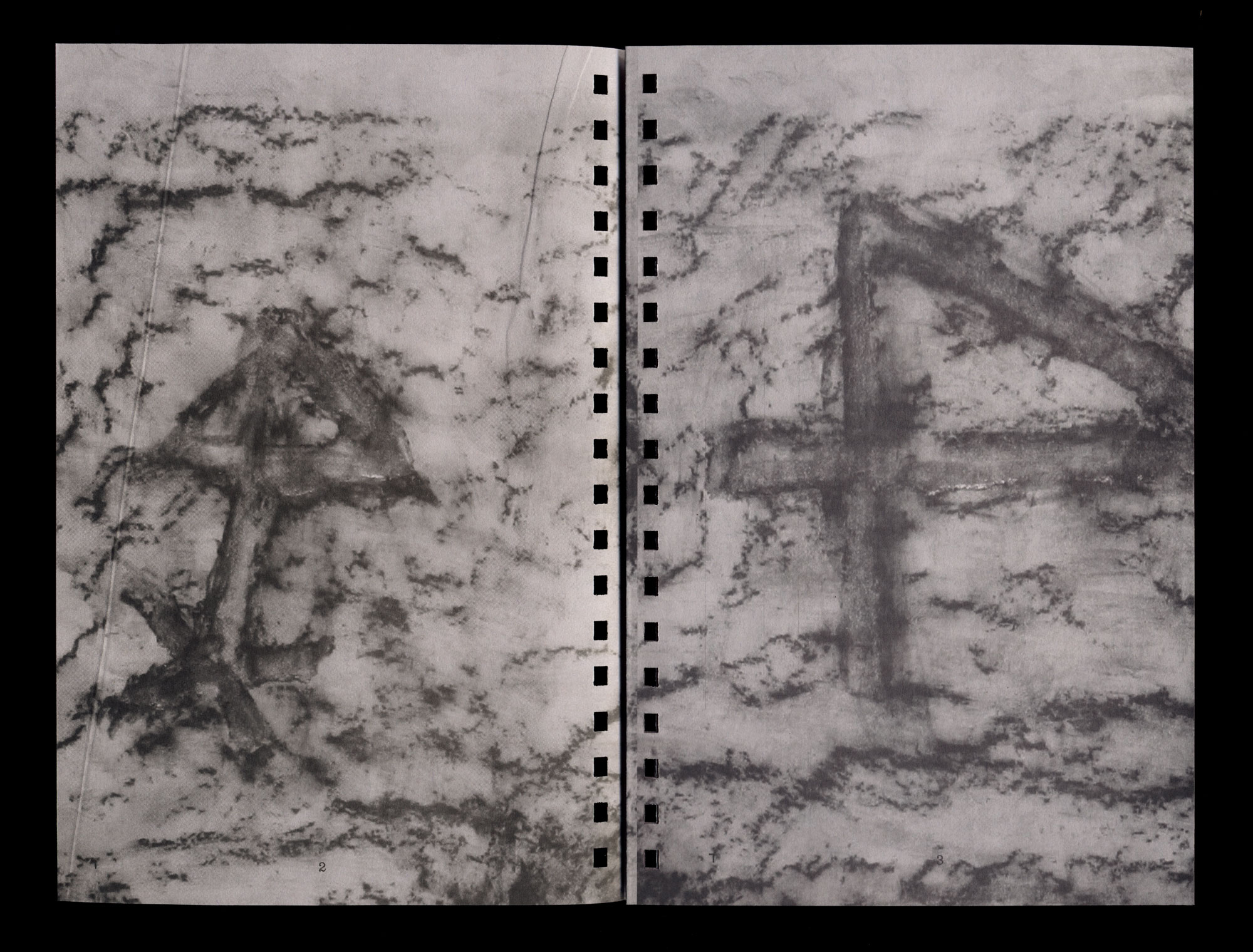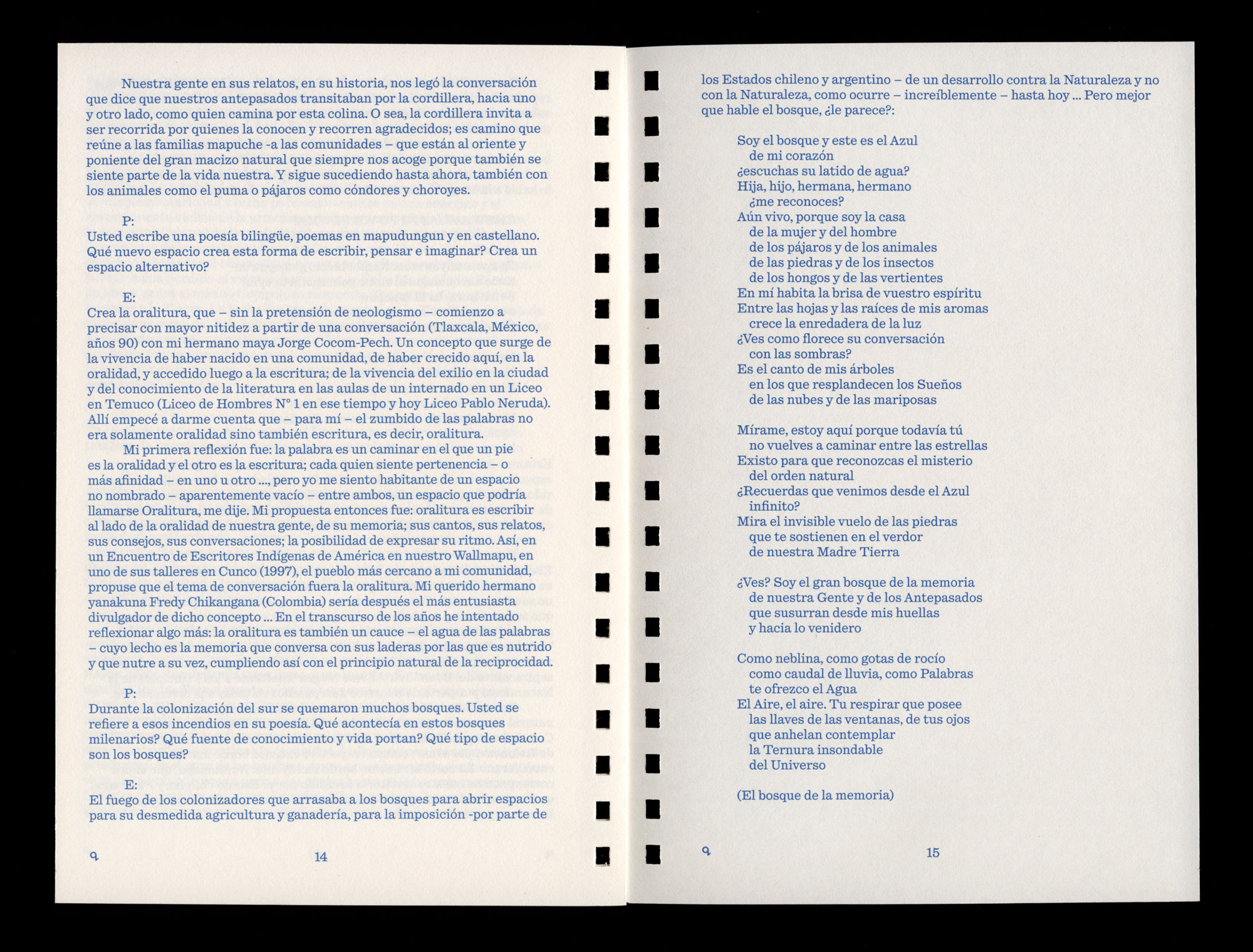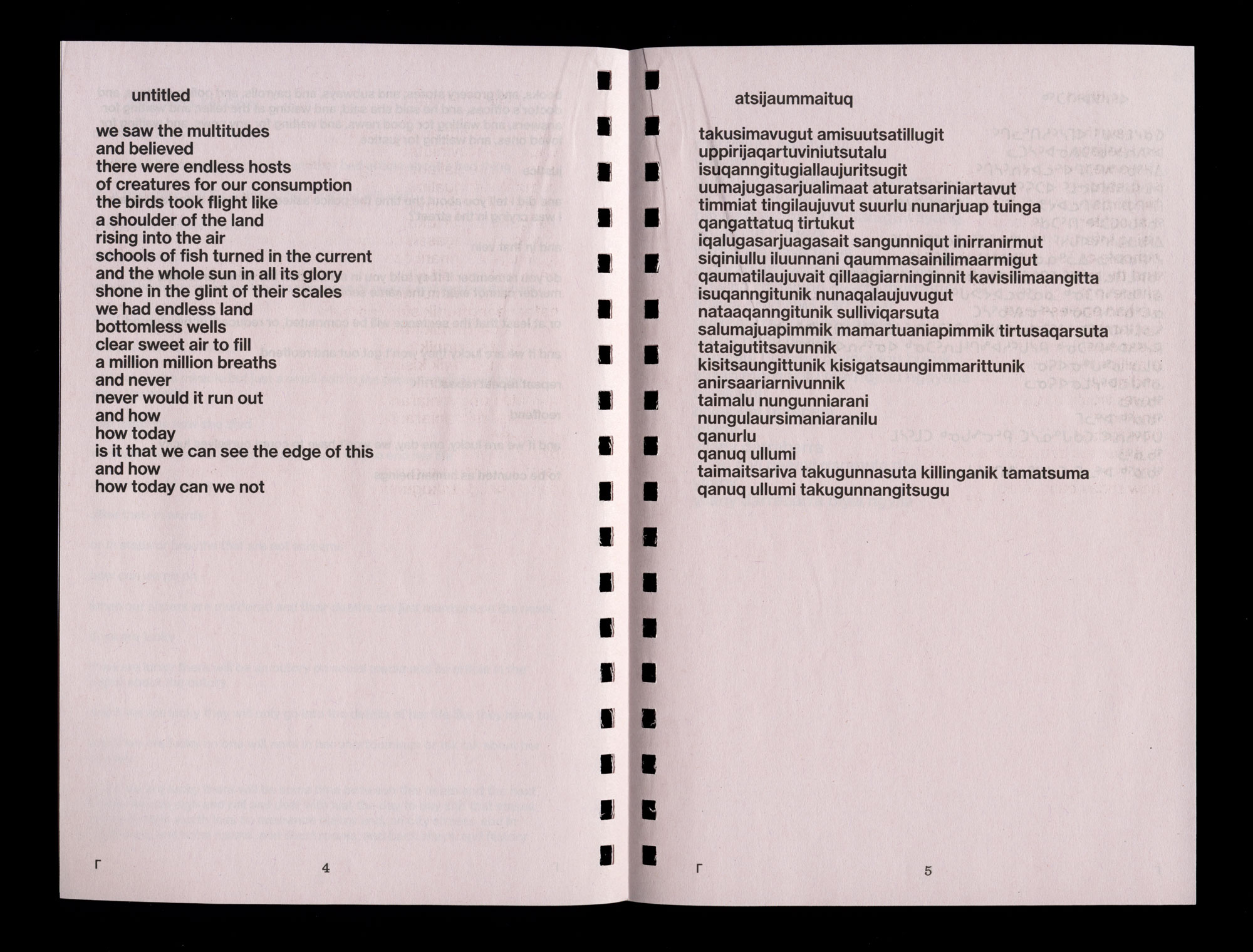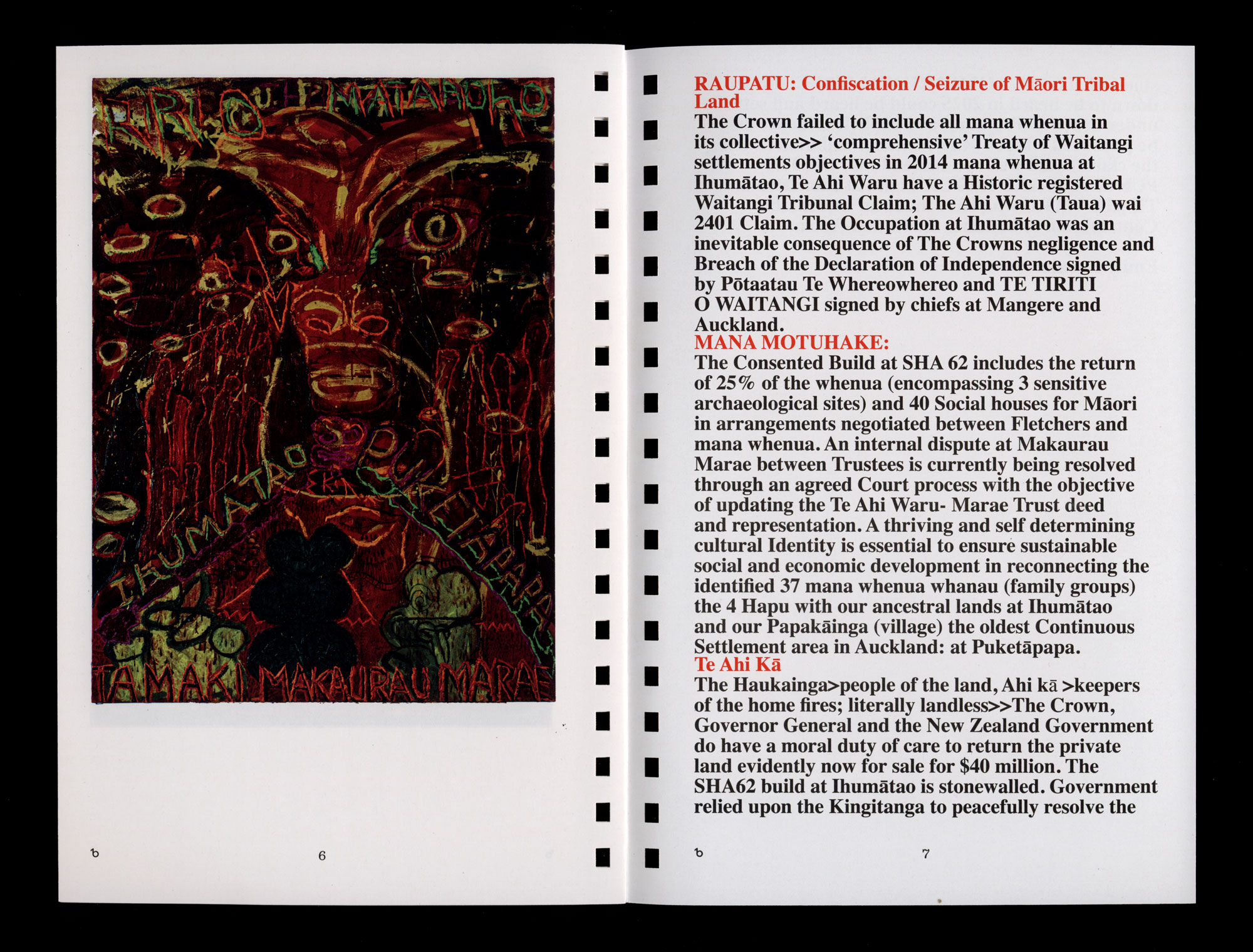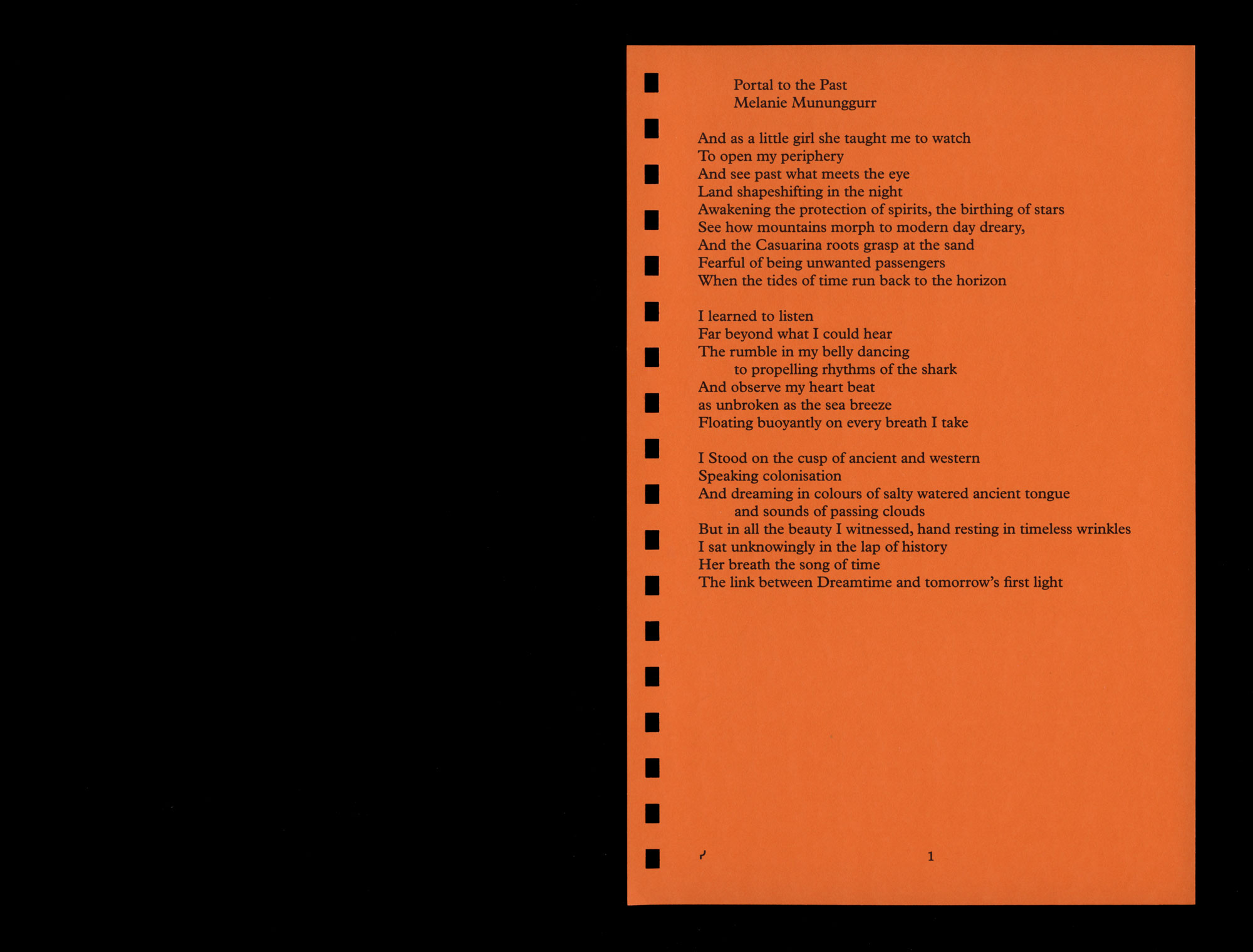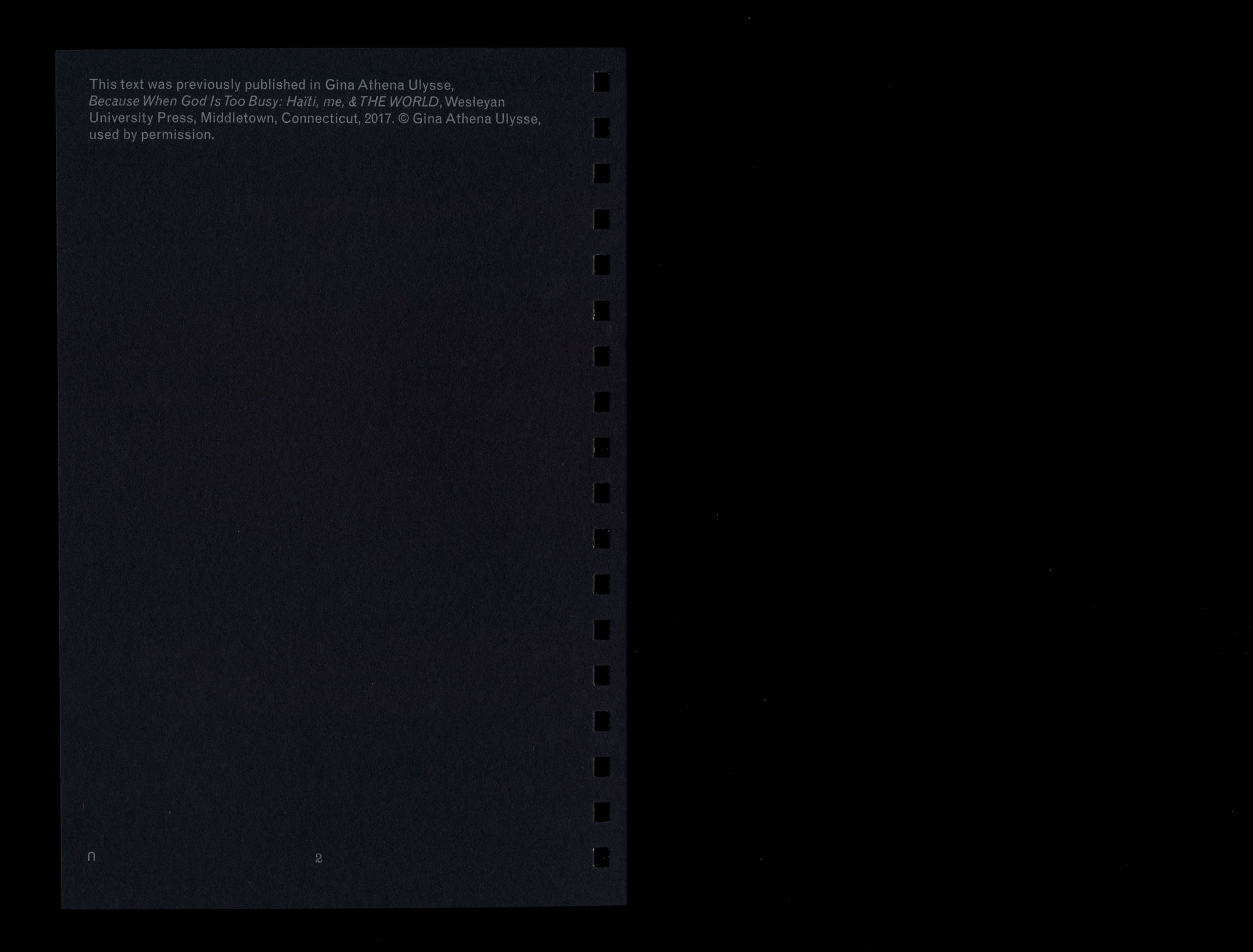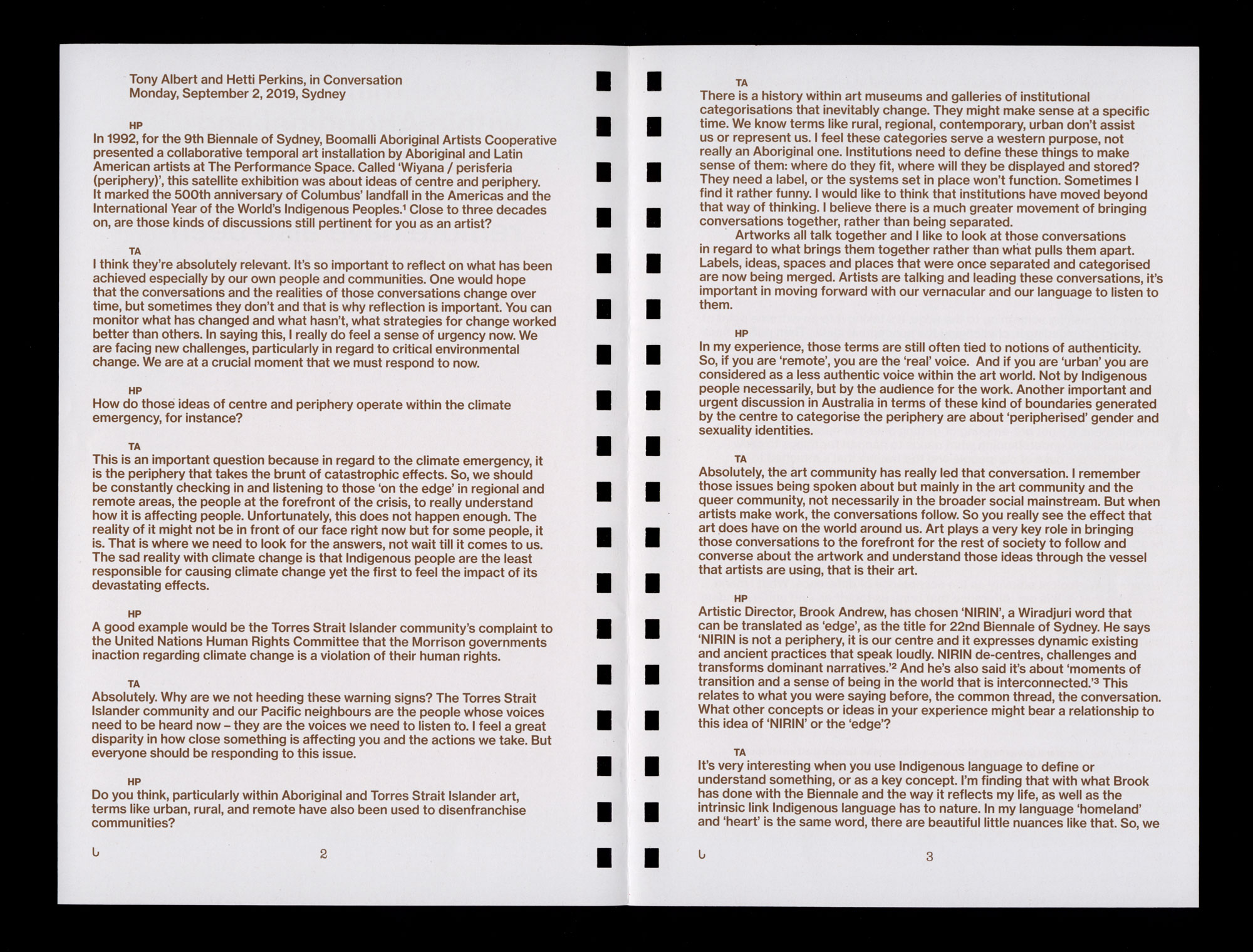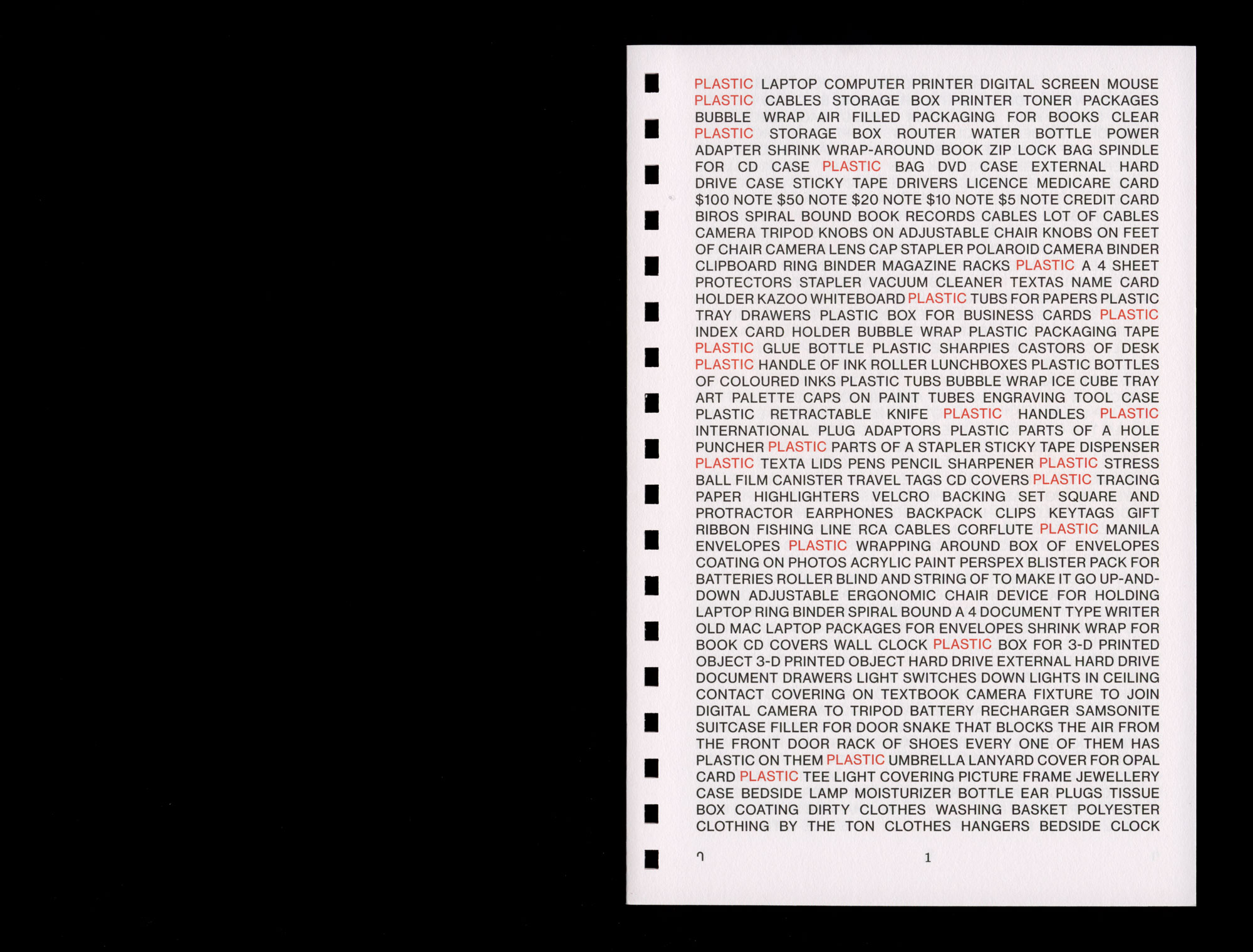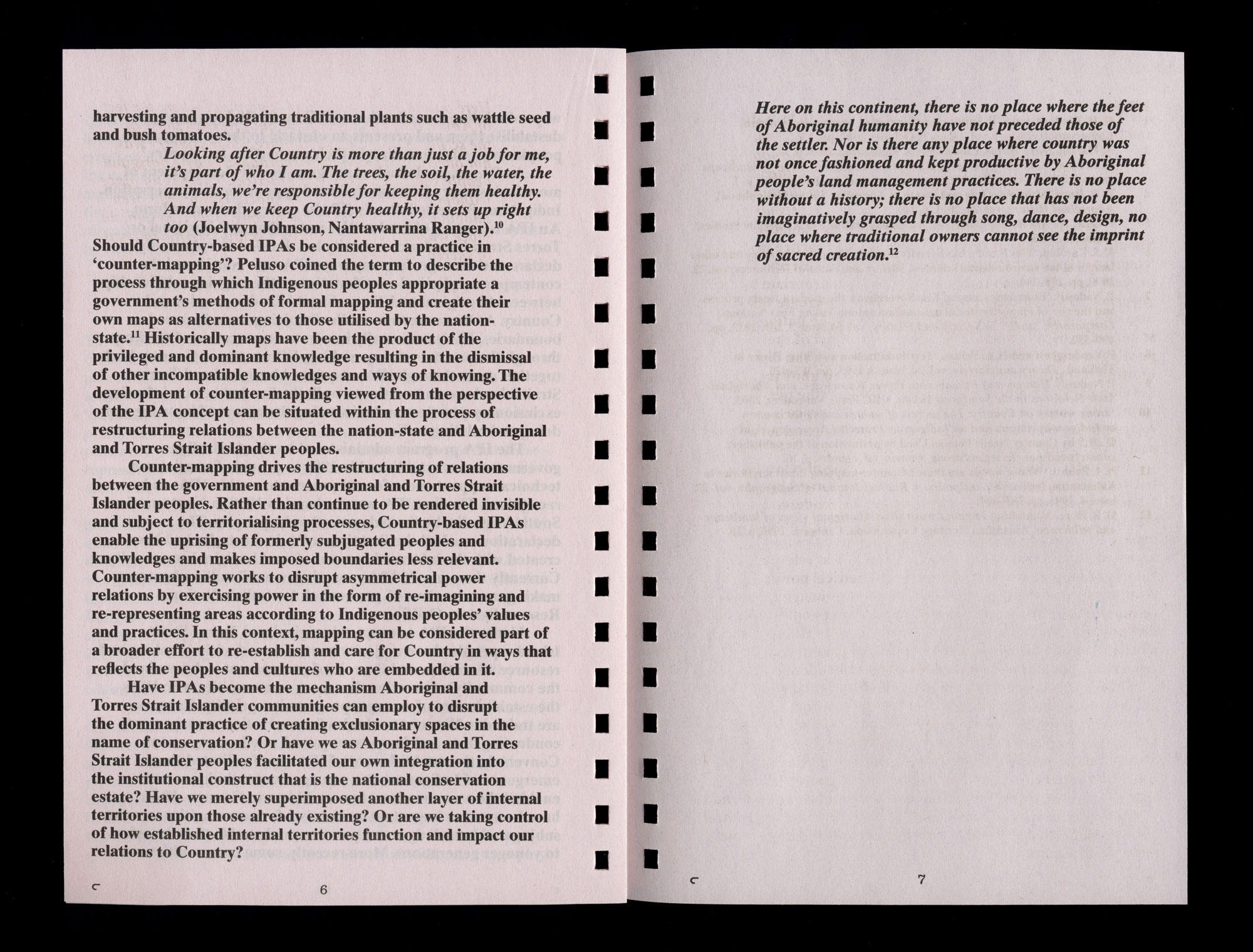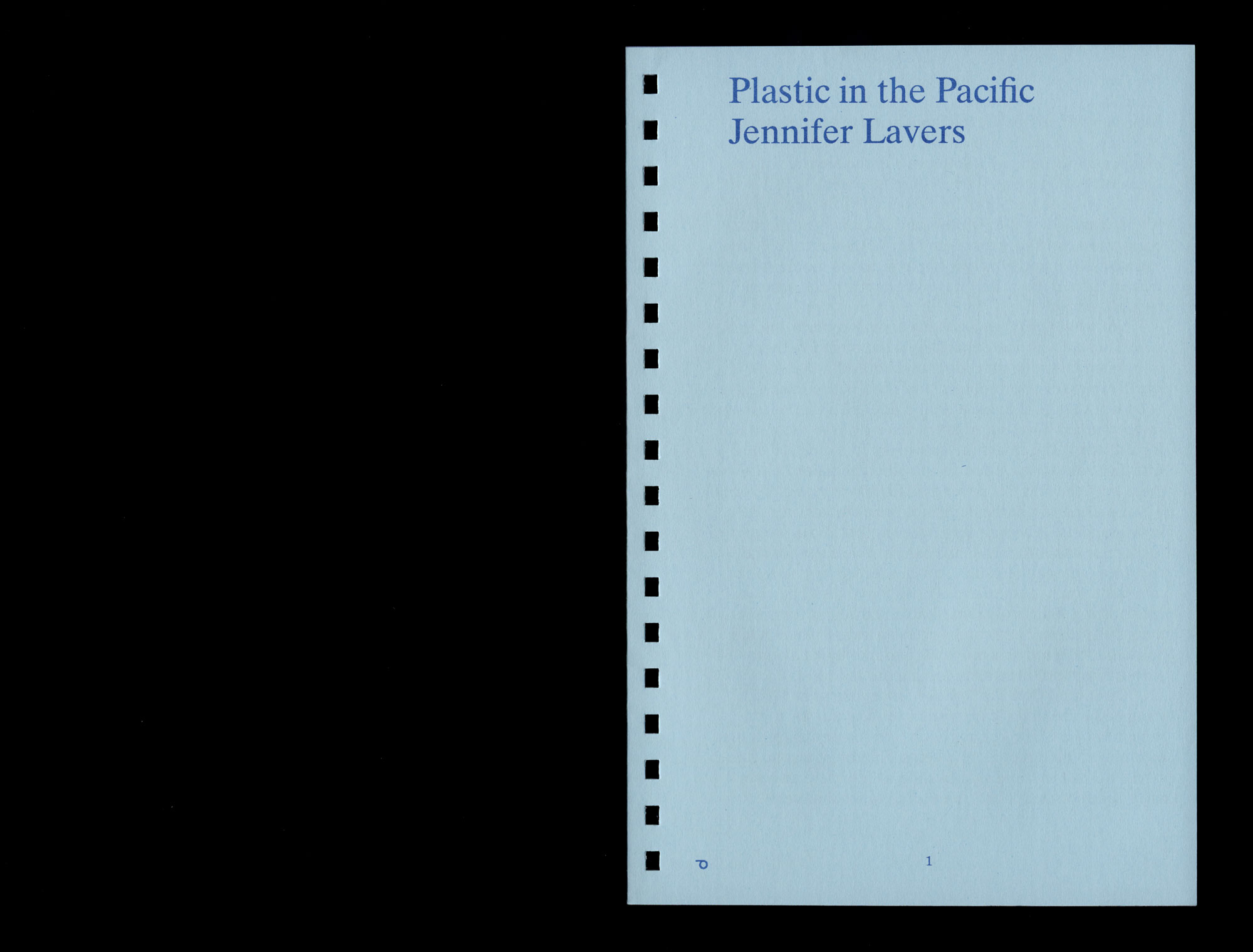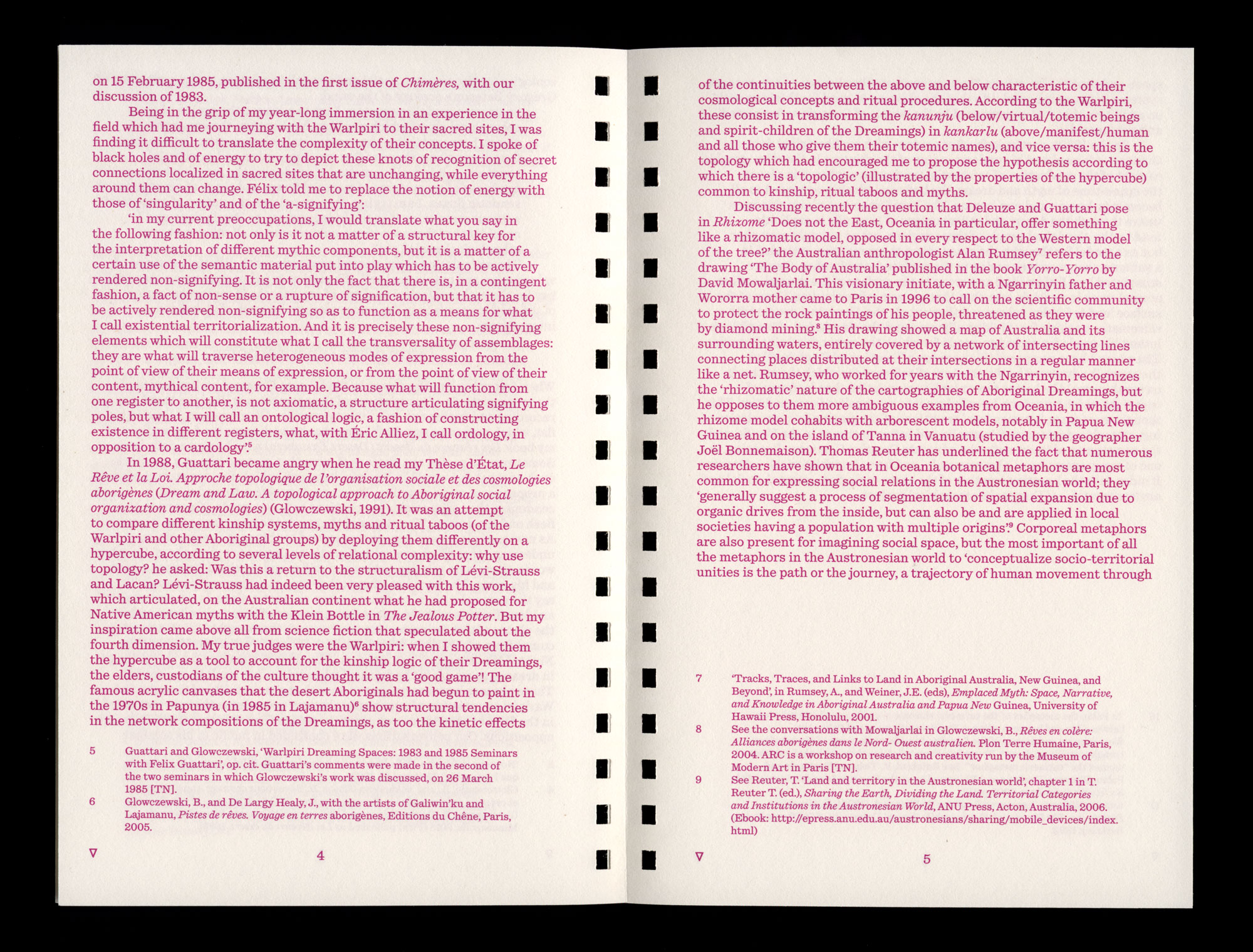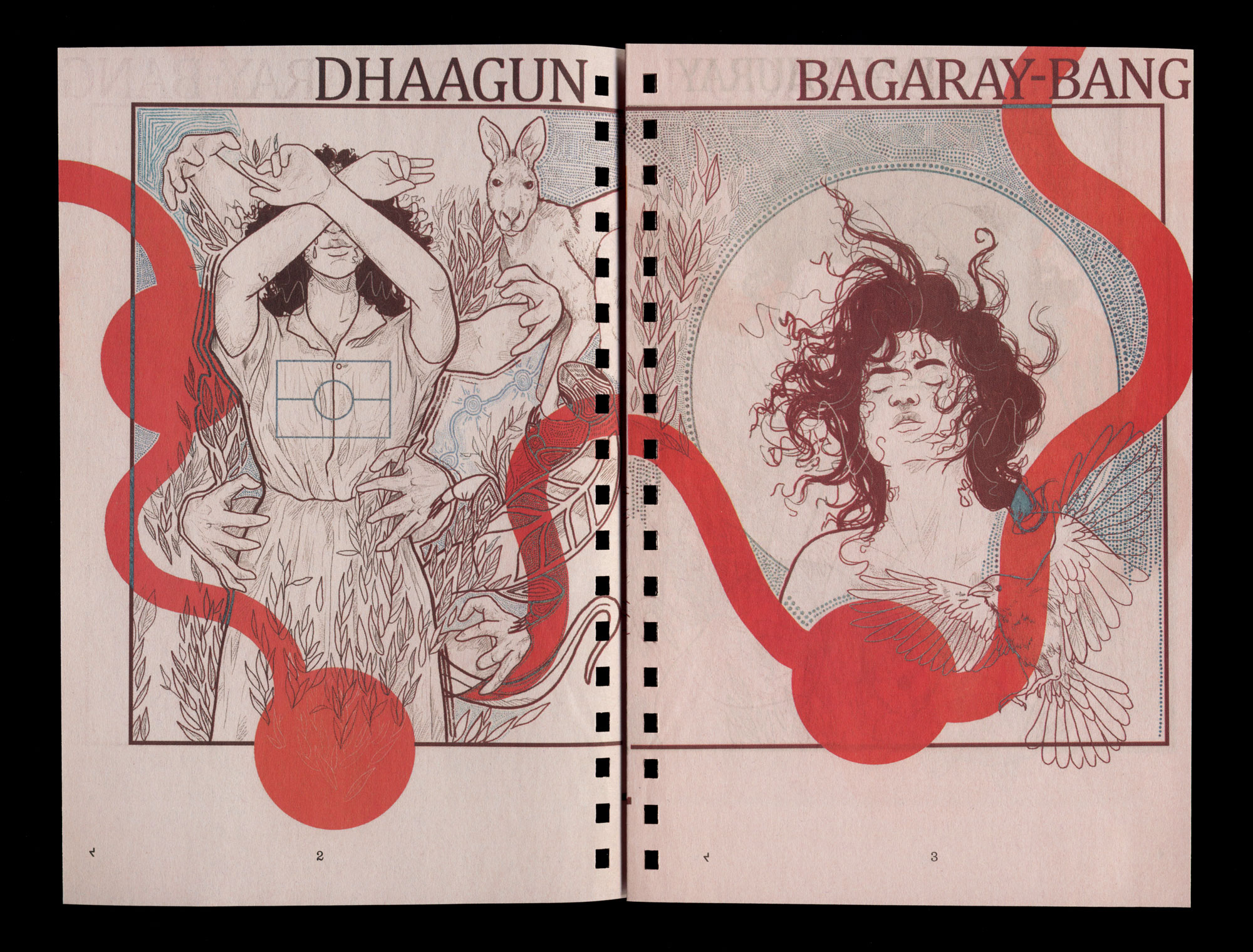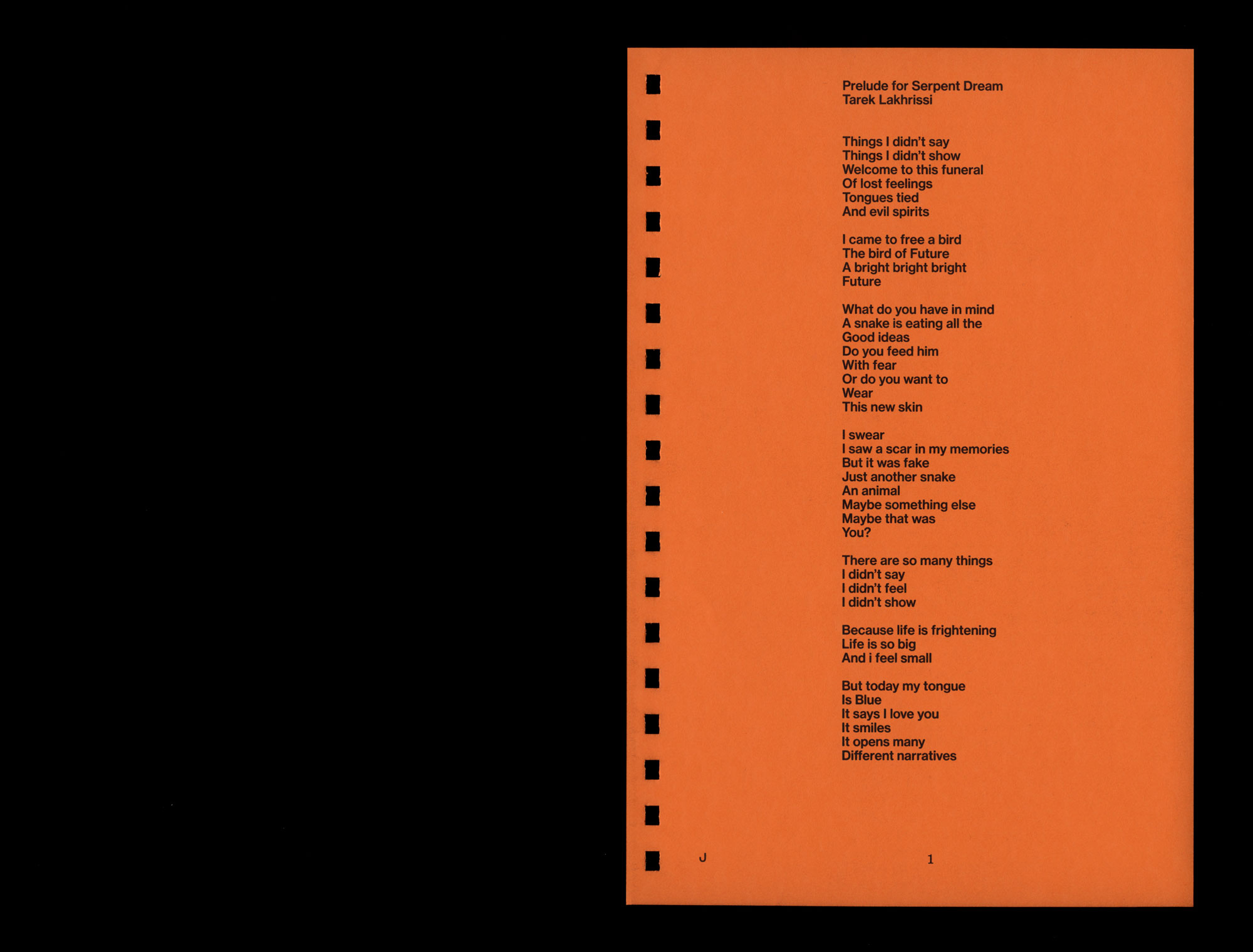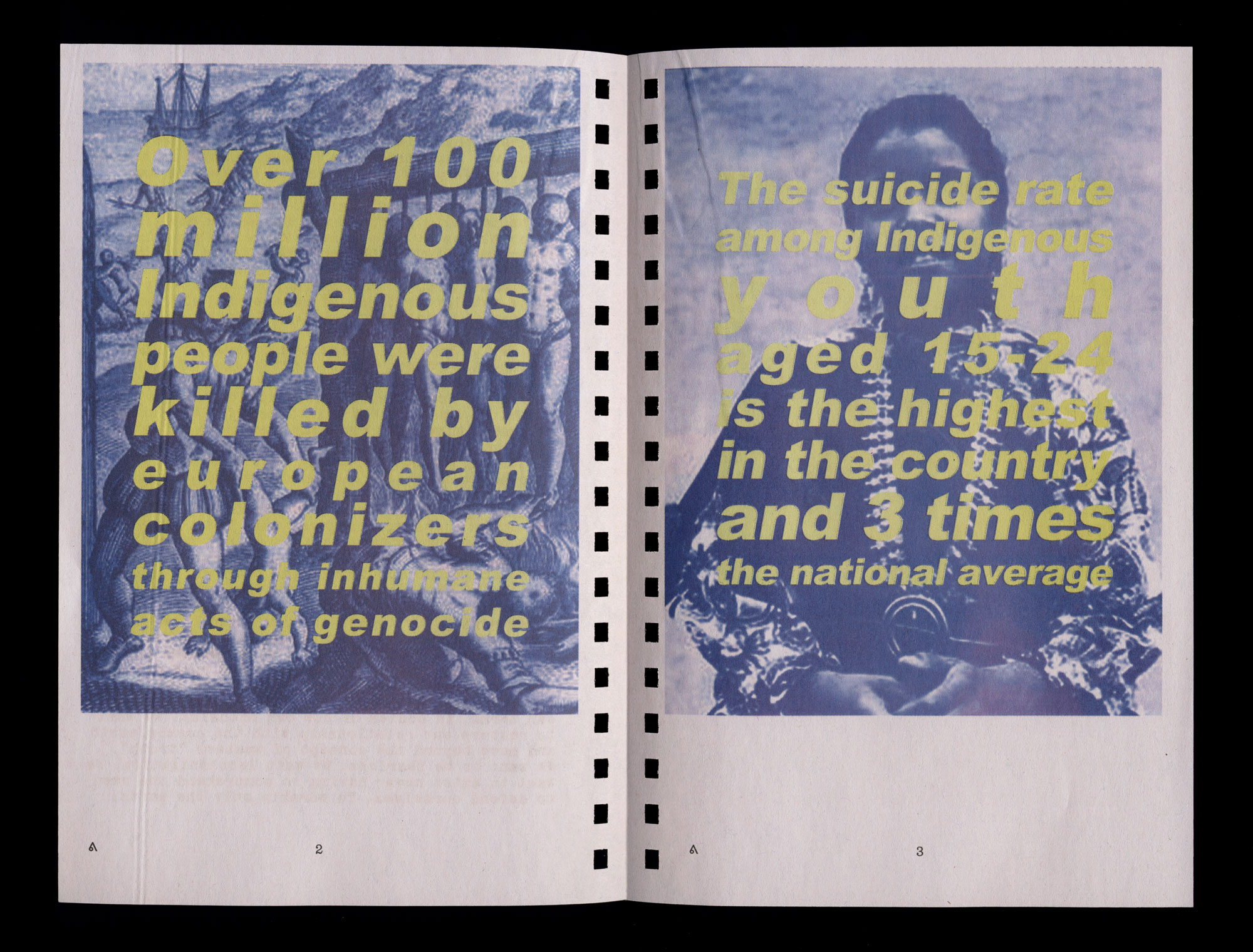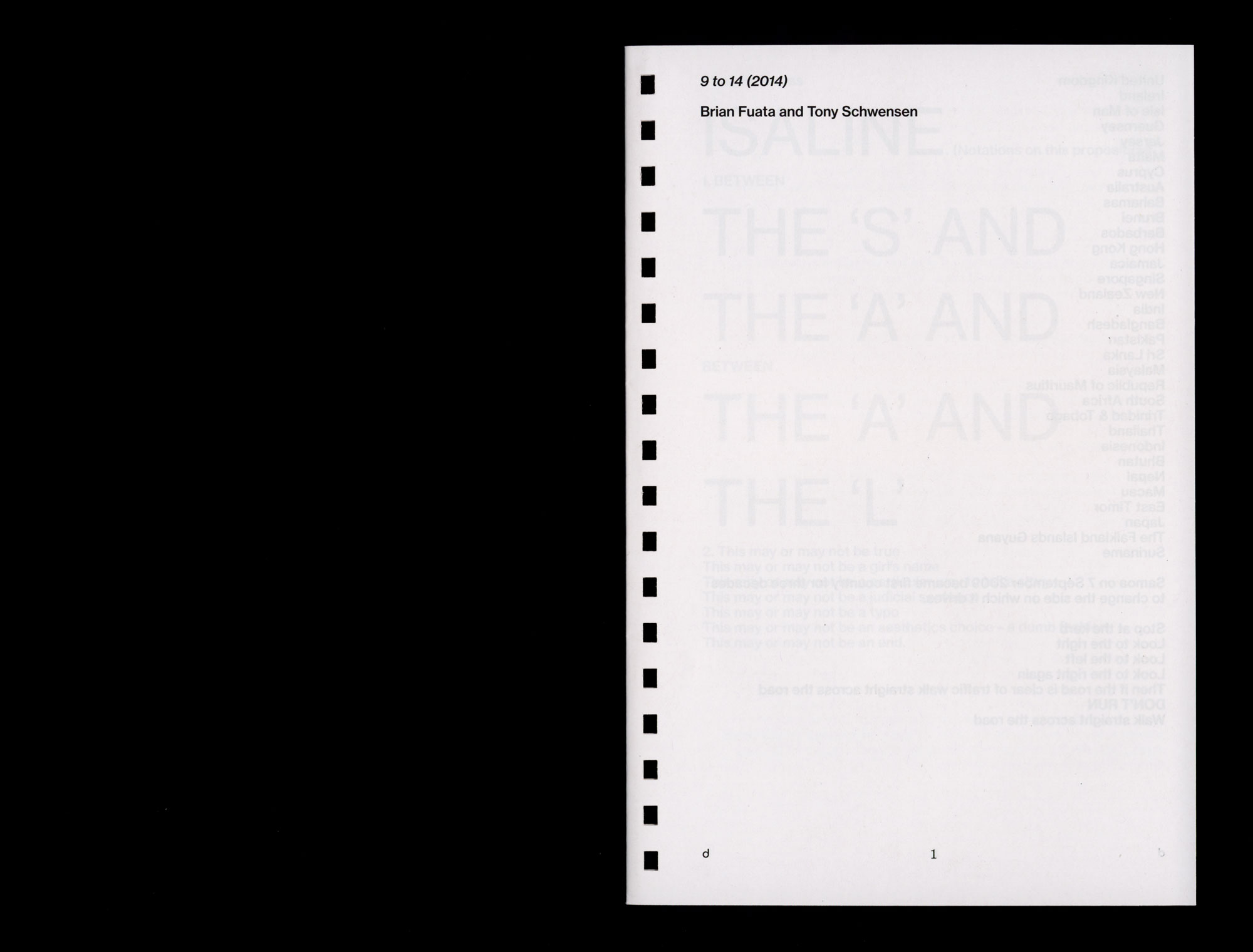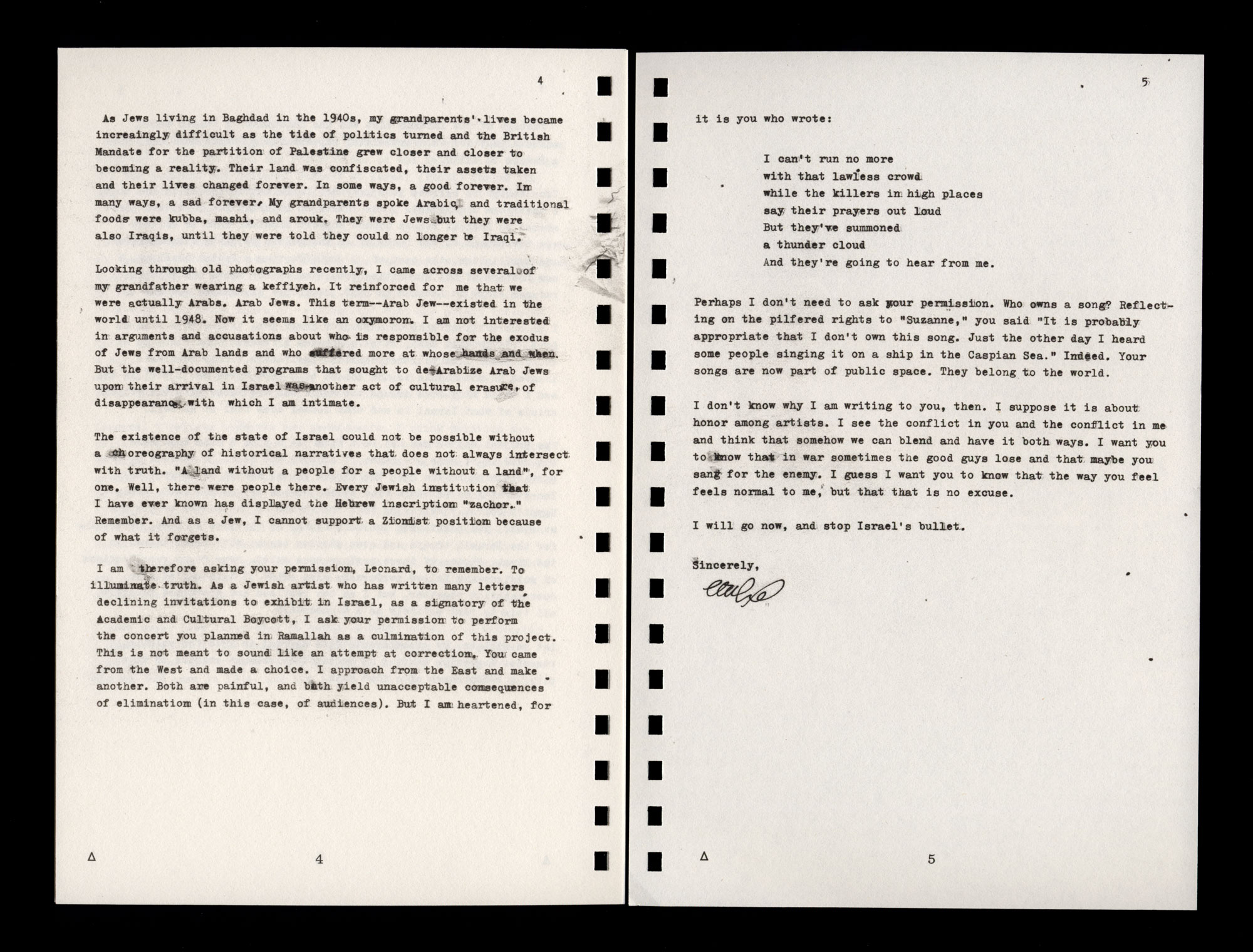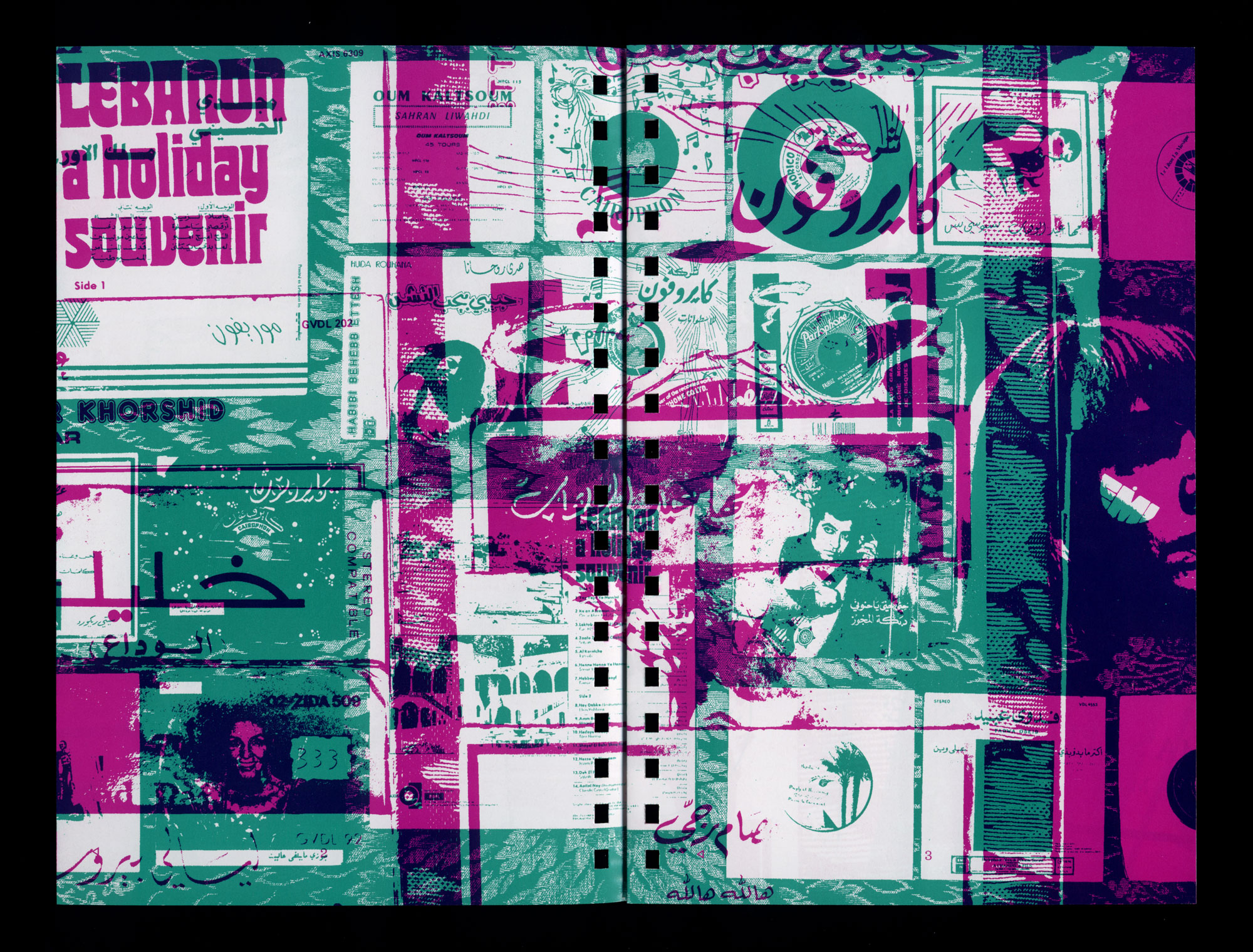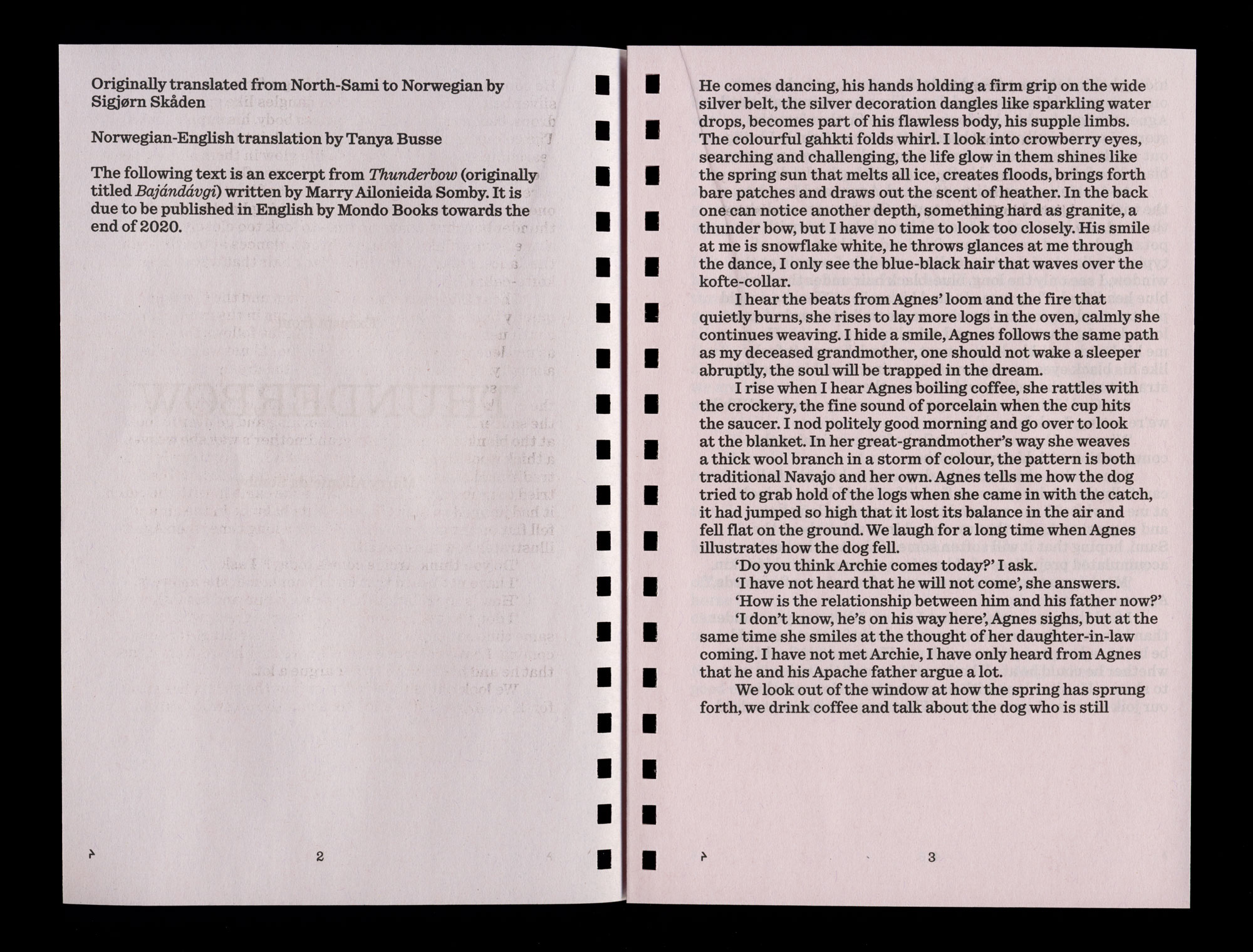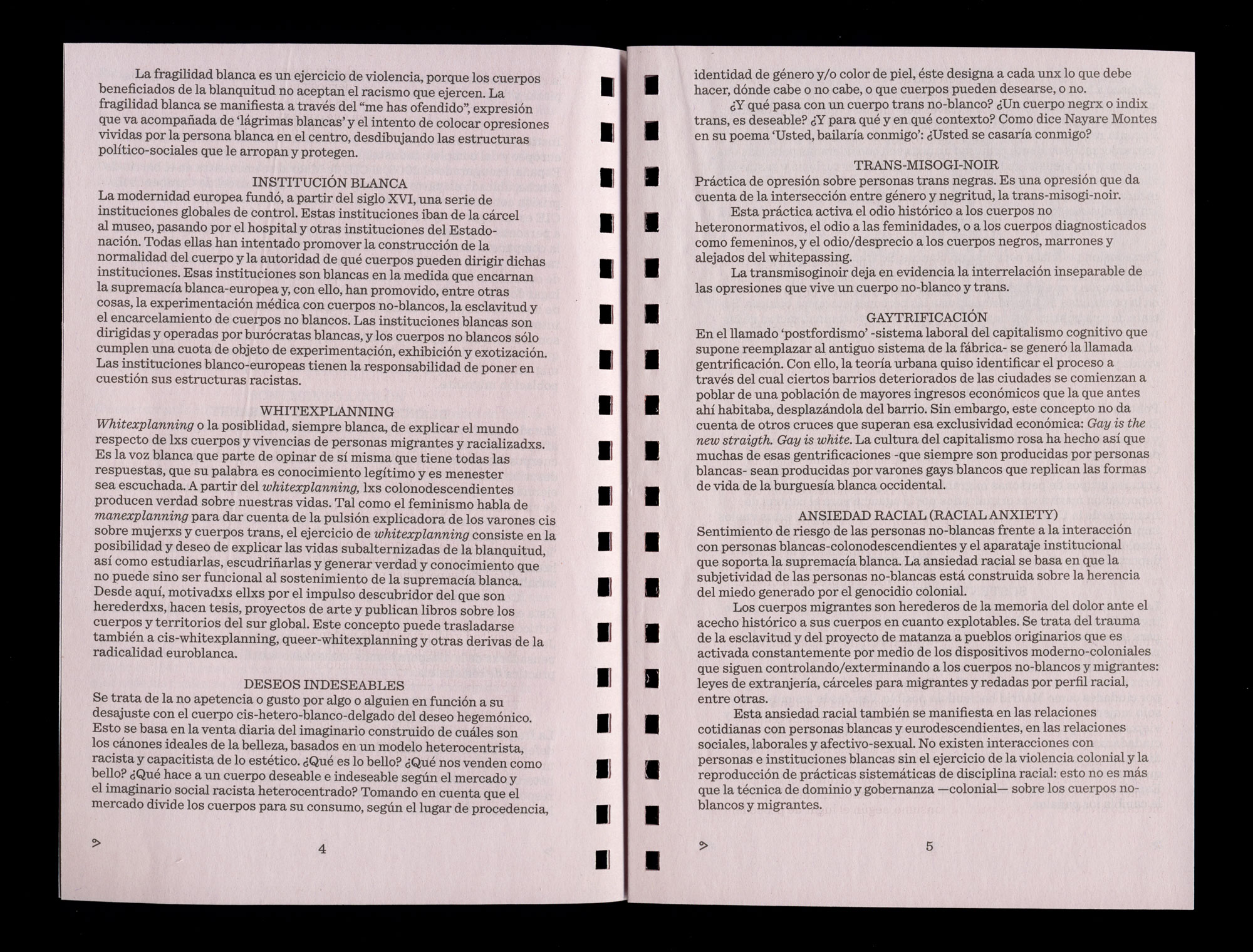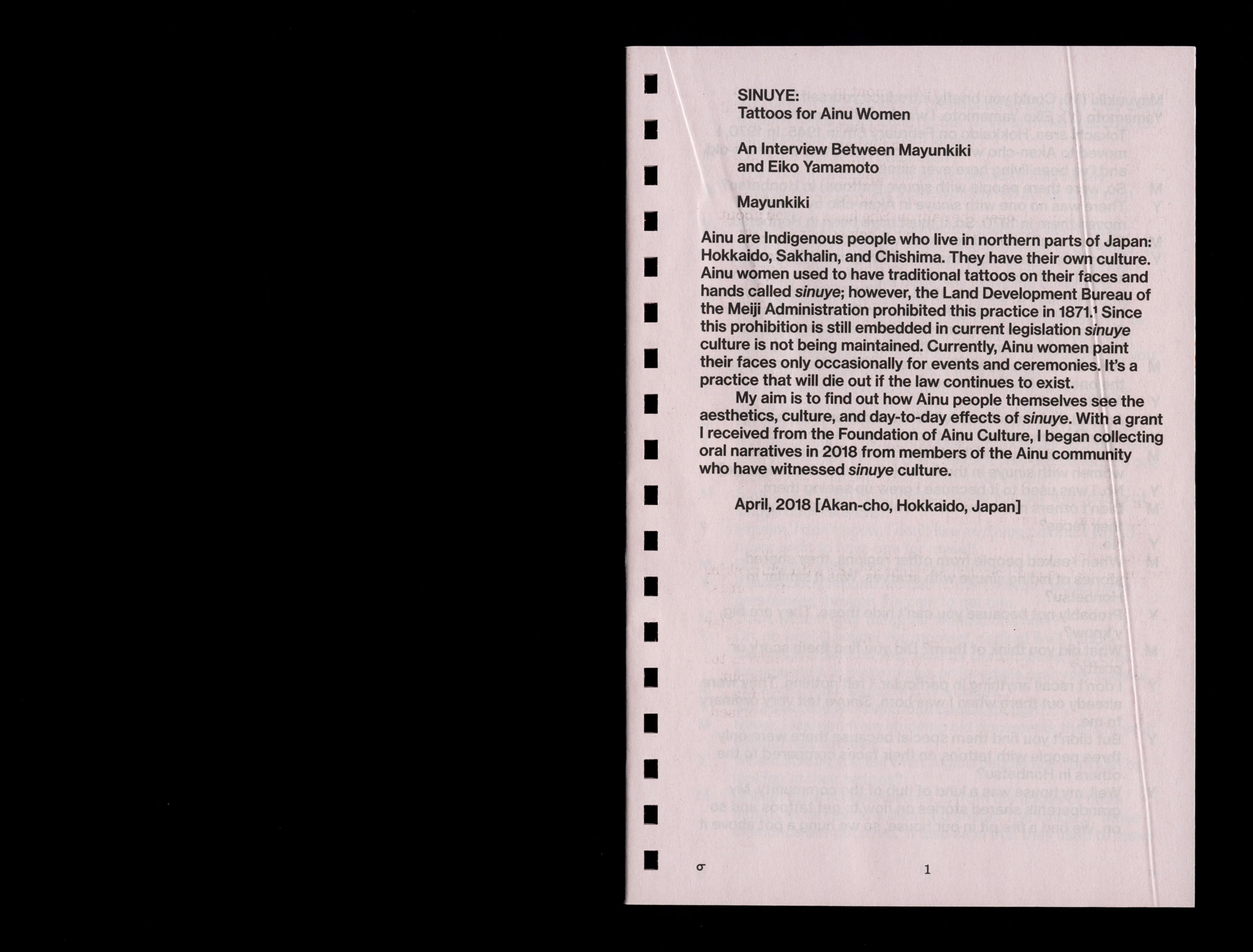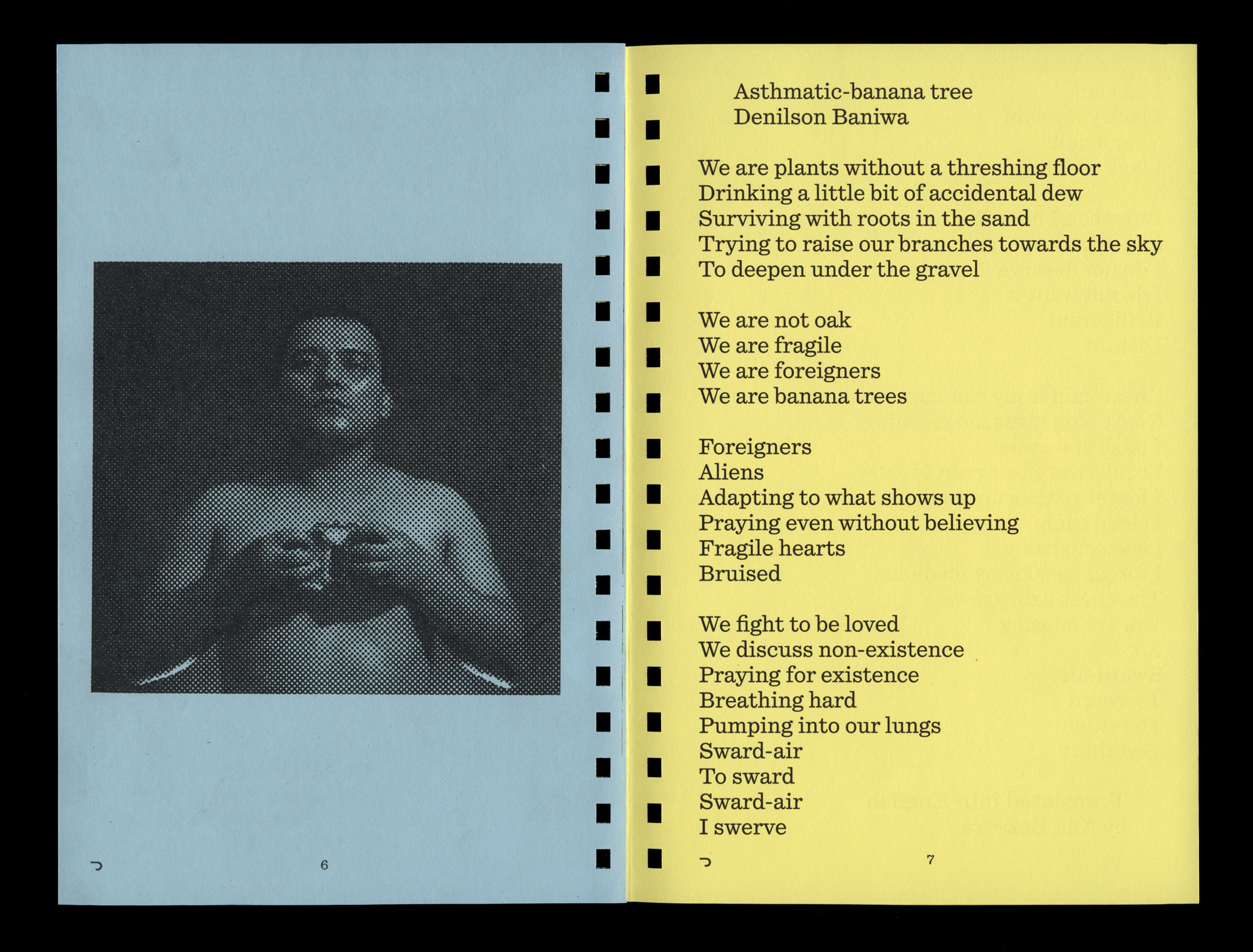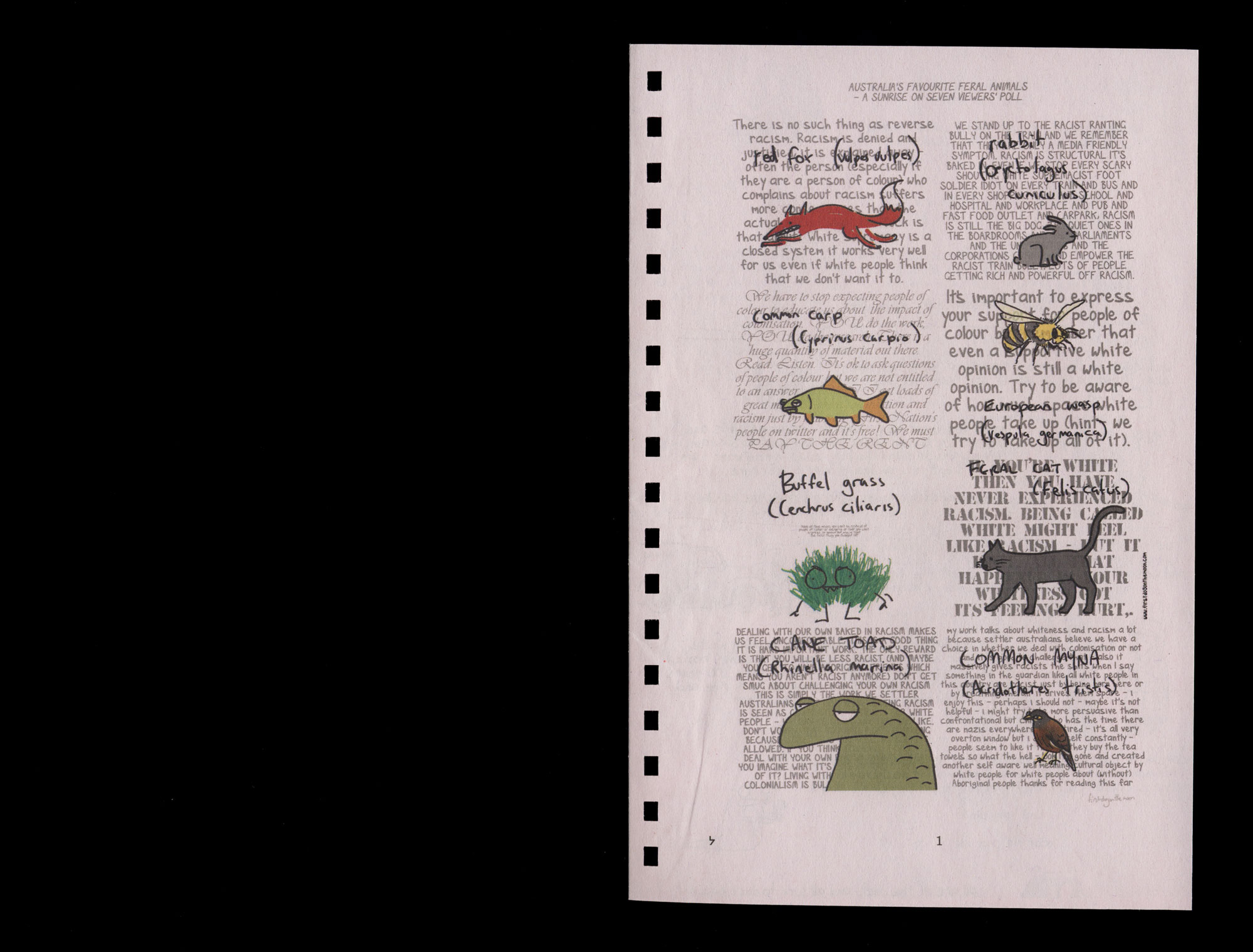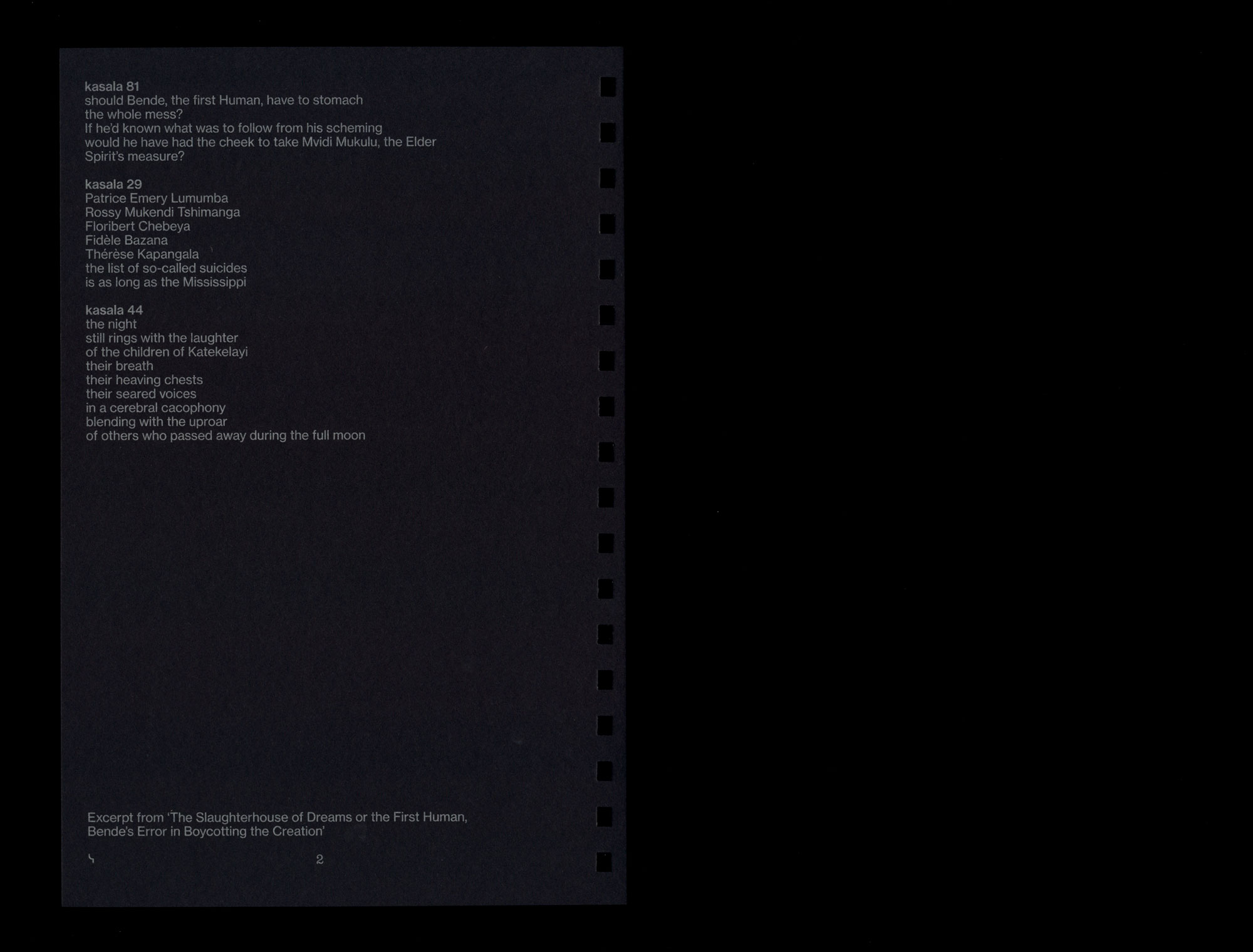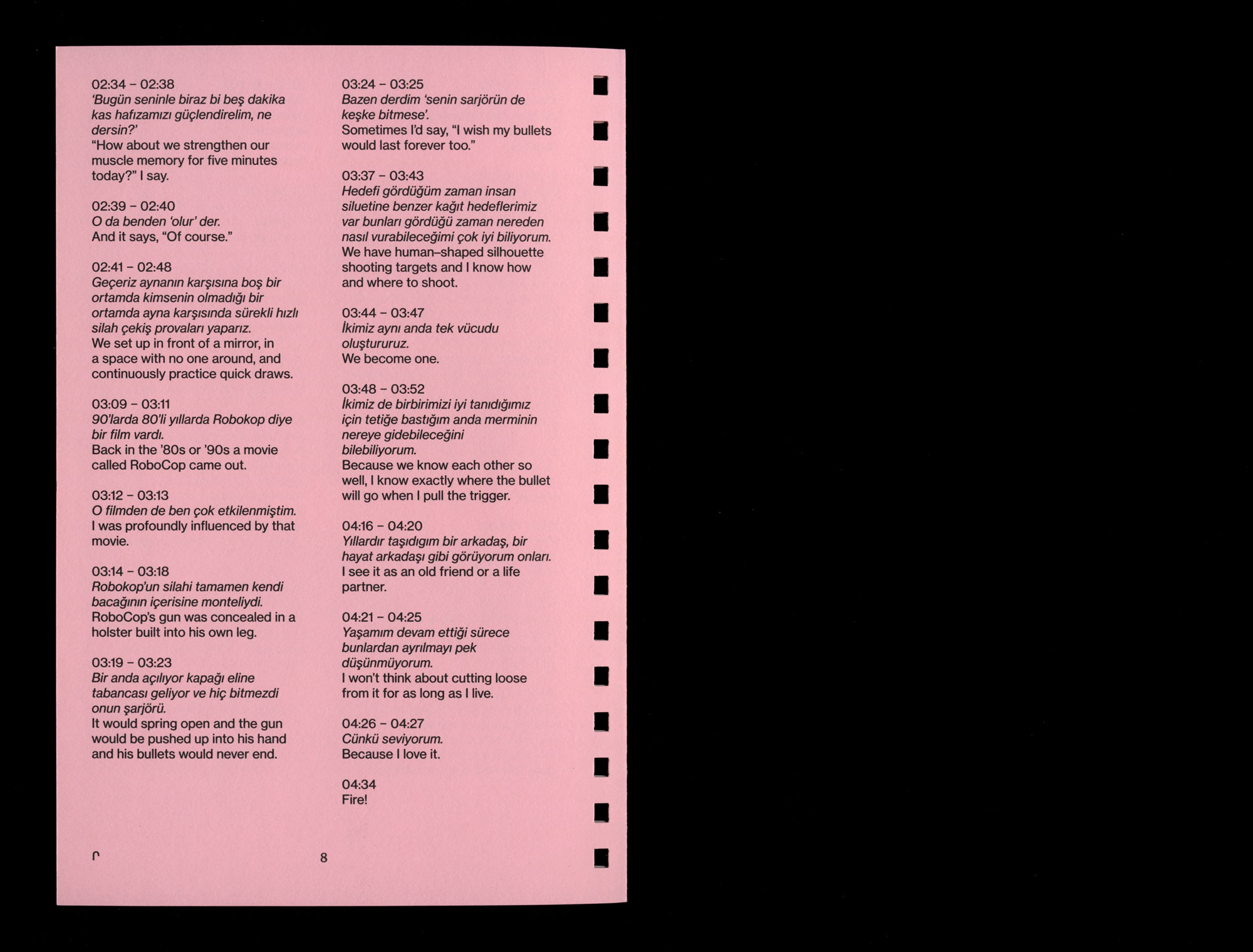KINGITANGA KI TE AO >>>>>>>>>>>>>>>>>>>>>>>>>
IHUMĀTAO: the land >>>>>>MUST be returned to Manawhenua
In the 14th Century the Ancestor HAPE GREETED THE ARRIVAL of the TAINUI Waka from Hawaiki from the top of Puketapapatanga a Hape. The Ōtuataua Stonefields and THE LAND AT IHUMĀTAO are nationally significant ancestral lands that represent the historical connections of MĀORI communities with the WHENUA (Land) over many centuries. The first Māori King, Pōtaatau Te Wherowhero 1 lived at Ihumātao and was elected at meetings held at Mangere and throughout Aotearoa and was installed as KING at Ngaruawahia in 1858.
Ihumātao Peninsula once had 4 volcanic mountains out of the 50 volcanoes in the Auckland volcanic field….>>> THE RING OF FIRE
THE LAND at Ihumātao was confiscated by the Colonial Government on the premise Māori were in rebellion, the Crown exerting authority over ‘the natives’ on the basis of the English translation of the 1840 Treaty of Waitangi, rather than the Māori version.
Puketāpapatanga-a-Hape: PUKEITI is the smallest cone in Auckland’s volcanic field. Other ancestral maunga (mountains) within the Ihumātao peninsula are the ŌTUATAUA and the MAUNGATAKETAKE volcanic cones, both quarried in the 1950s and 1960s to build roads and the Auckland Airport runways.
The remnant of Ōtuataua Maunga is now included into the Ōtuataua Historic Reserve owned by Auckland Council. The Scottish Methodist Farmer Gavin Struthers Wallace bought Lot 175 (13) and Lot 176 (14) Confiscated Māori Land at Ihumātao at a Waste Land Office Auction on 17th July 1866, with the Royal Seal of Land Grant being affixed by Queen Victoria’s Representative, Freemason Governor George Grey on the 28th
IHUMĀTAAO PENINSULA ONCE HAD 4 VOLCANIC MOUNTAINS IN THE AUCKLAND VOLCANIC FIELD>>>>>>>……..RING OF FIRE
2012 Manawhenua opposed the Settler Wallace Family’s Company seeking to have the land rezoned through Appeal to the Environment Court, to have the RURAL LAND known as the Wallace Bloc designated as FUTURE DEVELOPMENT LAND. MĀORI OPPOSED THE REZONING STATING THE LAND IS WĀHI TAPU. The Appeal succeeded and the Land was included within the Auckland City Metropolitan Urban Limits Plan. The Government and Council faced a housing crisis in Tamakimakaurau (Auckland); SHA (Special Housing Area) 62 at Ōruarangi Rd, Ihumātao was LEGISLATED.
‘The Hashtag #ProtectIhumaatao had lit up social media like a Christmas tree for several months. It appeared the whole nation was talking about and had an opinion about Ihumātao. The Statement ‘The land must be returned to mana whenua’ IS THE UNIFIED ANTHEM that was released not only from Ōtuataua but also THE KINGITANGA’ (Erica Sinclair, ‘Ihumaatao’, Te Hookioi, Issue 71, p. 24)
RAUPATU: Confiscation / Seizure of Māori Tribal Land
The Crown failed to include all mana whenua in its collective>> ‘comprehensive’ Treaty of Waitangi settlements objectives in 2014 mana whenua at Ihumātao, Te Ahi Waru have a Historic registered Waitangi Tribunal Claim; The Ahi Waru (Taua) wai 2401 Claim. The Occupation at Ihumātao was an inevitable consequence of The Crowns negligence and Breach of the Declaration of Independence signed by Pōtaatau Te Whereowhereo and TE TIRITI O WAITANGI signed by chiefs at Mangere and Auckland.
MANA MOTUHAKE:
The Consented Build at SHA 62 includes the return of 25% of the whenua (encompassing 3 sensitive archaeological sites) and 40 Social houses for Māori in arrangements negotiated between Fletchers and mana whenua. An internal dispute at Makaurau Marae between Trustees is currently being resolved through an agreed Court process with the objective of updating the Te Ahi Waru- Marae Trust deed and representation. A thriving and self determining cultural Identity is essential to ensure sustainable social and economic development in reconnecting the identified 37 mana whenua whanau (family groups) the 4 Hapu with our ancestral lands at Ihumātao and our Papakāinga (village) the oldest Continuous Settlement area in Auckland: at Puketāpapa.
Te Ahi Kā
The Haukainga>people of the land, Ahi kā >keepers of the home fires; literally landless>>The Crown, Governor General and the New Zealand Government do have a moral duty of care to return the private land evidently now for sale for $40 million. The SHA62 build at Ihumātao is stonewalled. Government relied upon the Kingitanga to peacefully resolve the standoff. The TE AHI WARU WAI 2401 Claim set down to be heard in 2025 could be heard and settled under urgency. Profound and explicit evidence can be produced whereby the Waitangi Tribunal hearing the claim could well recommend that CROWN PURCHASE AND RETURN land at Ihumātao to TE AHI WARU who have made an Undeniable Contribution to building the Nation-Aotearoa.





